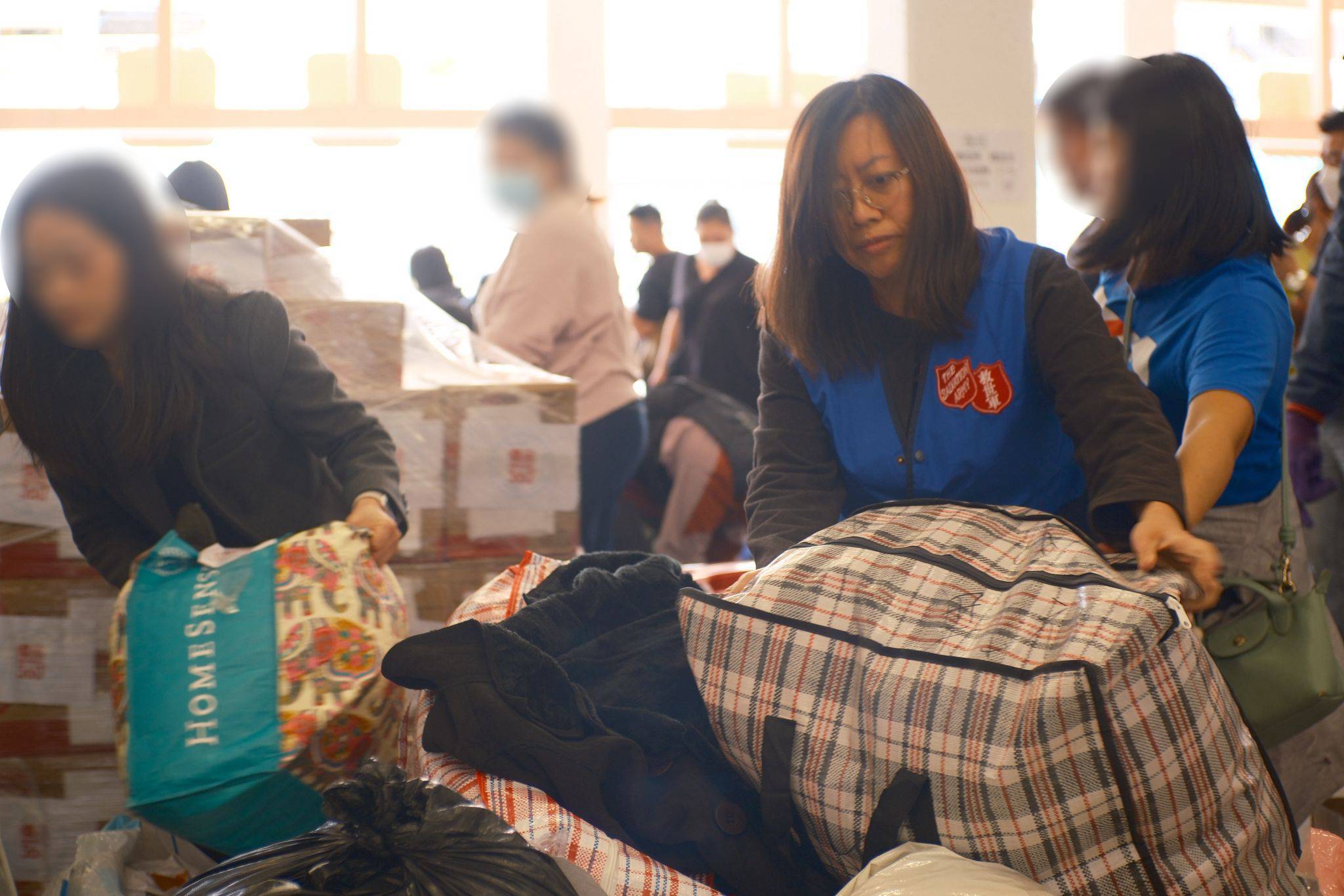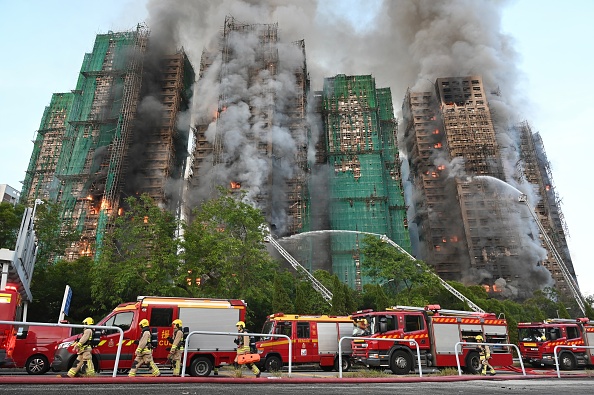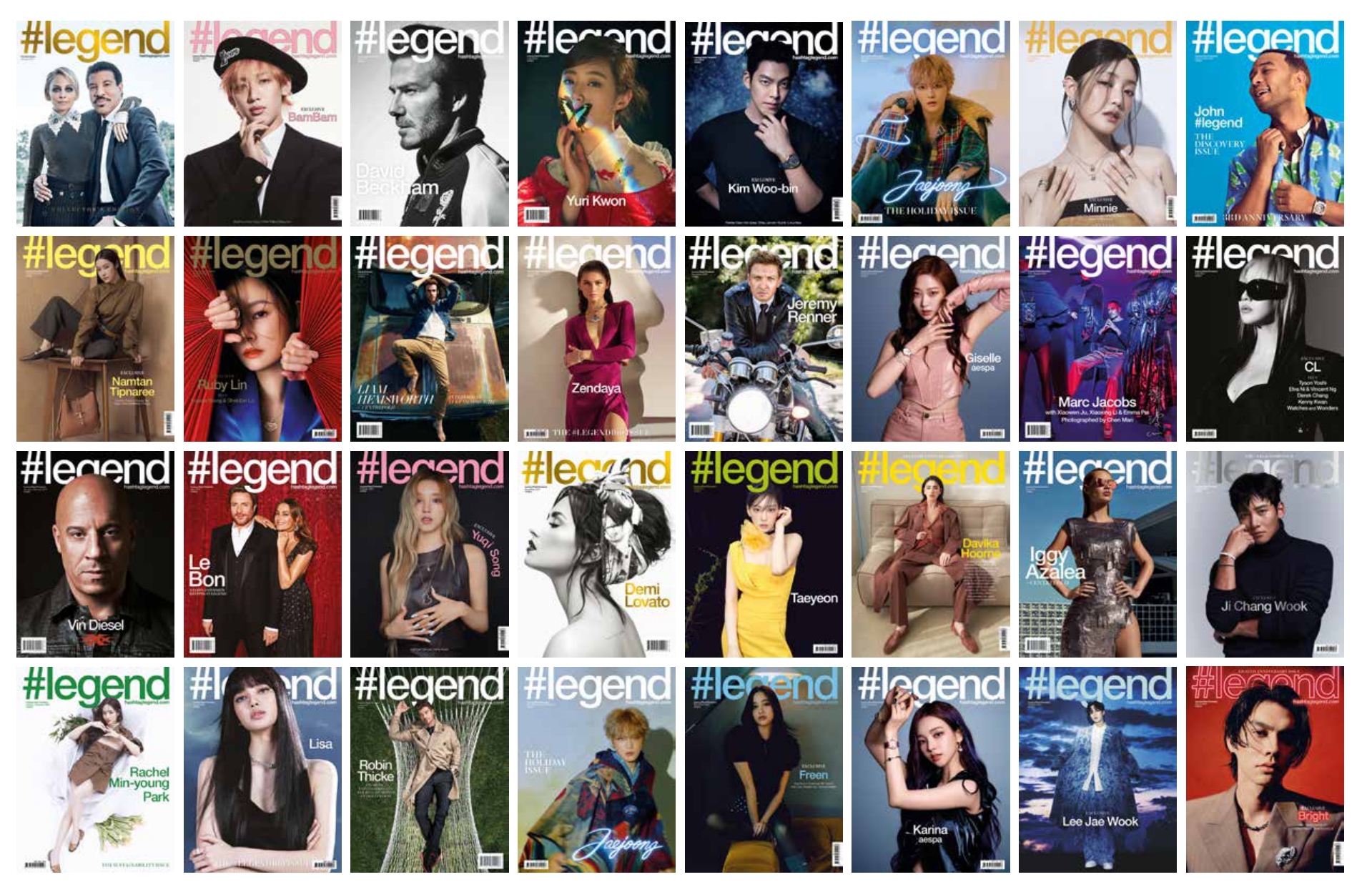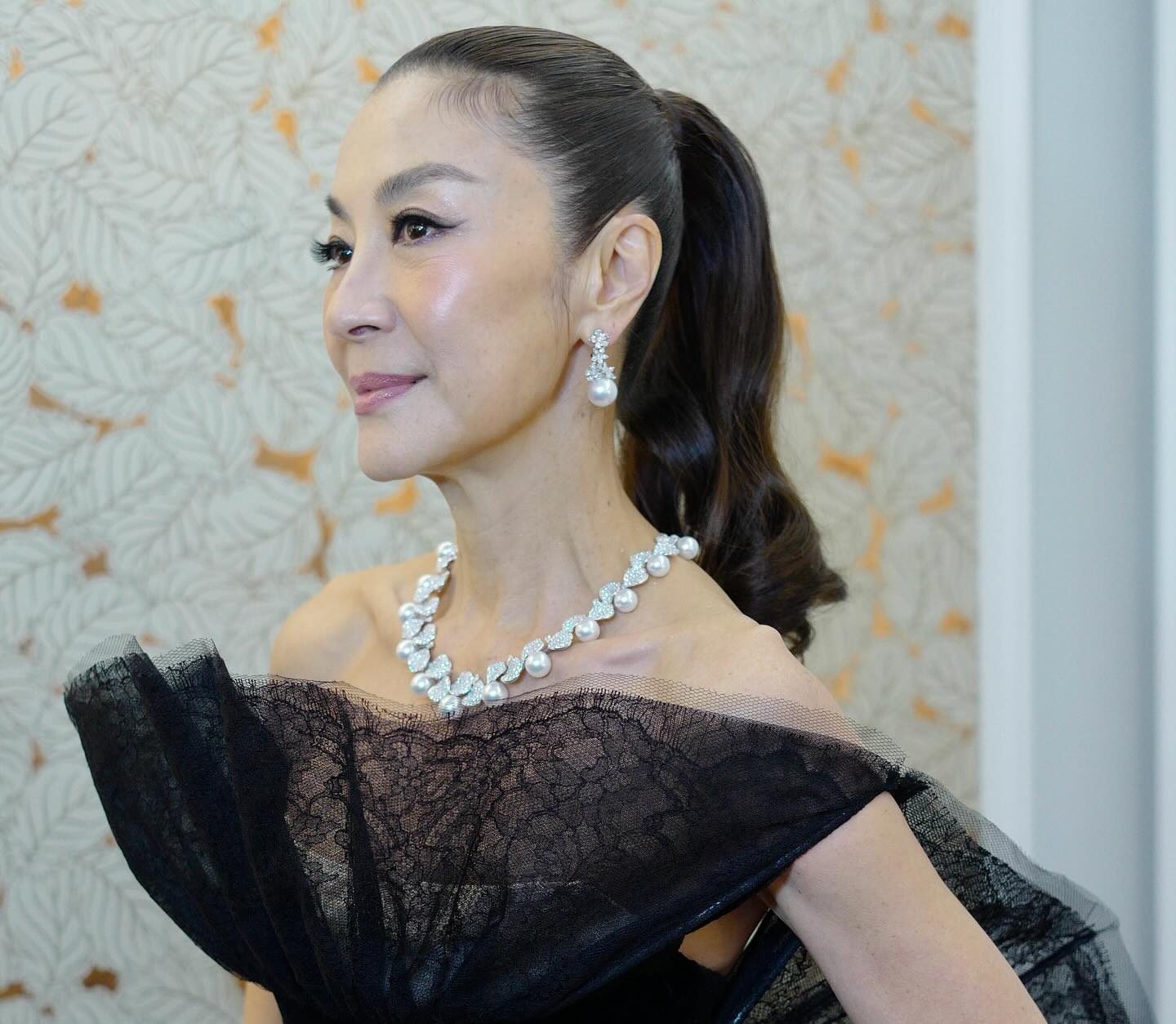Paris Fashion Week has drawn to a close. Aimee Yan gives you the key trends defining the Spring/Summer 2026 season
Embroidery and handcraft
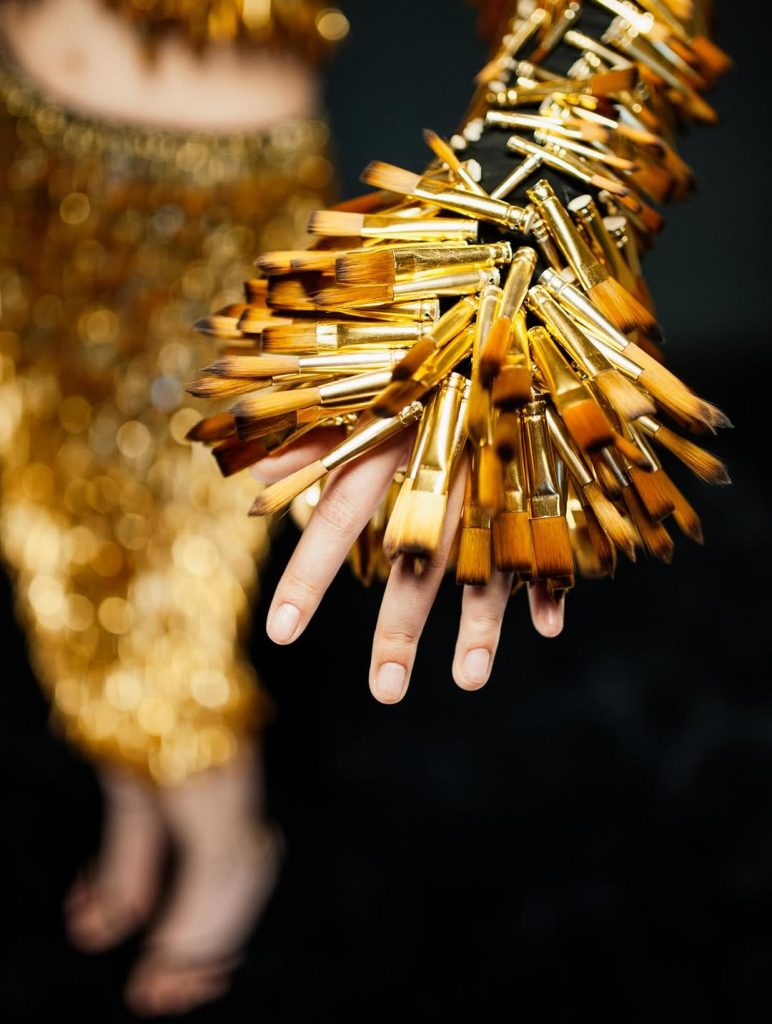
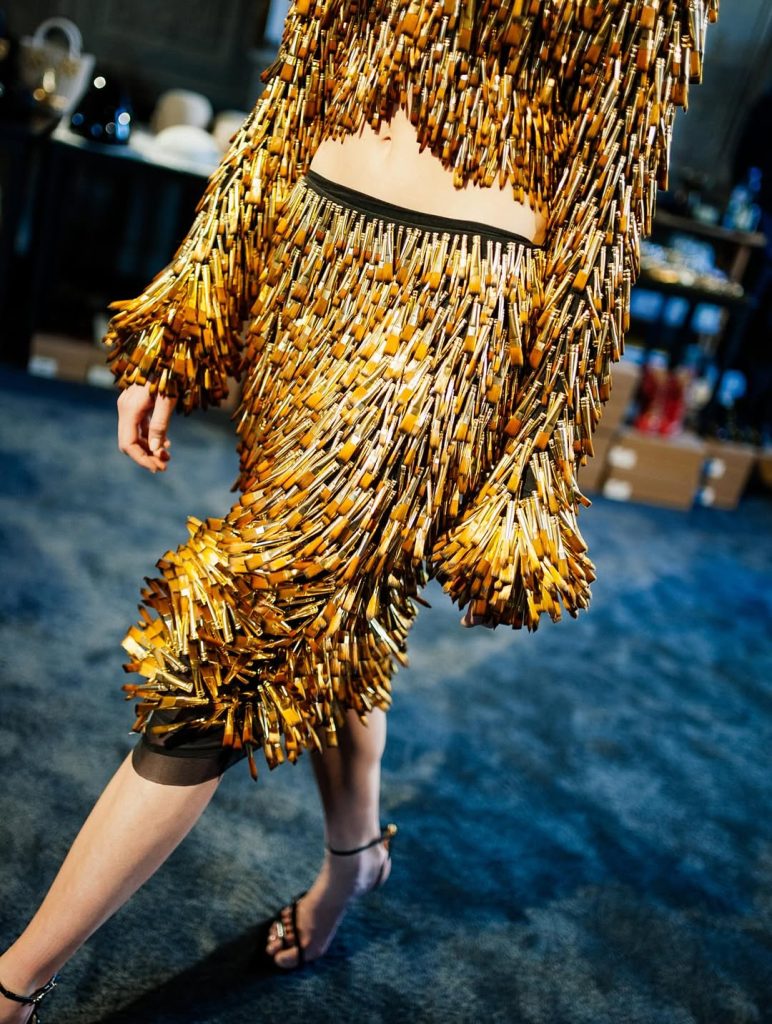
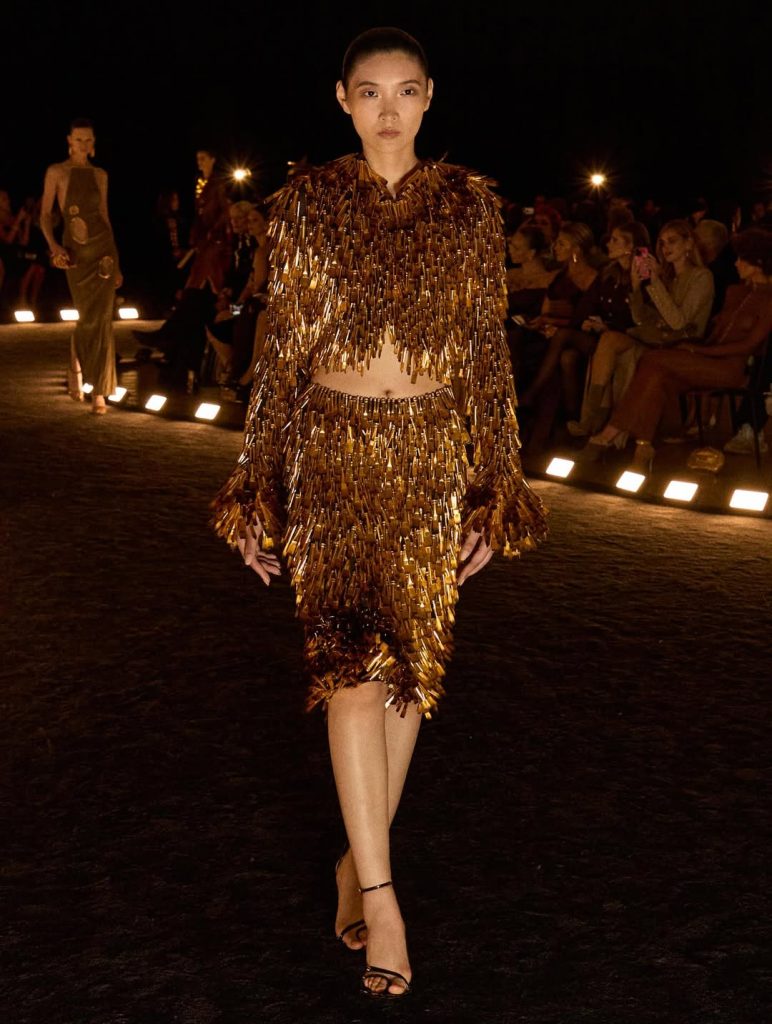
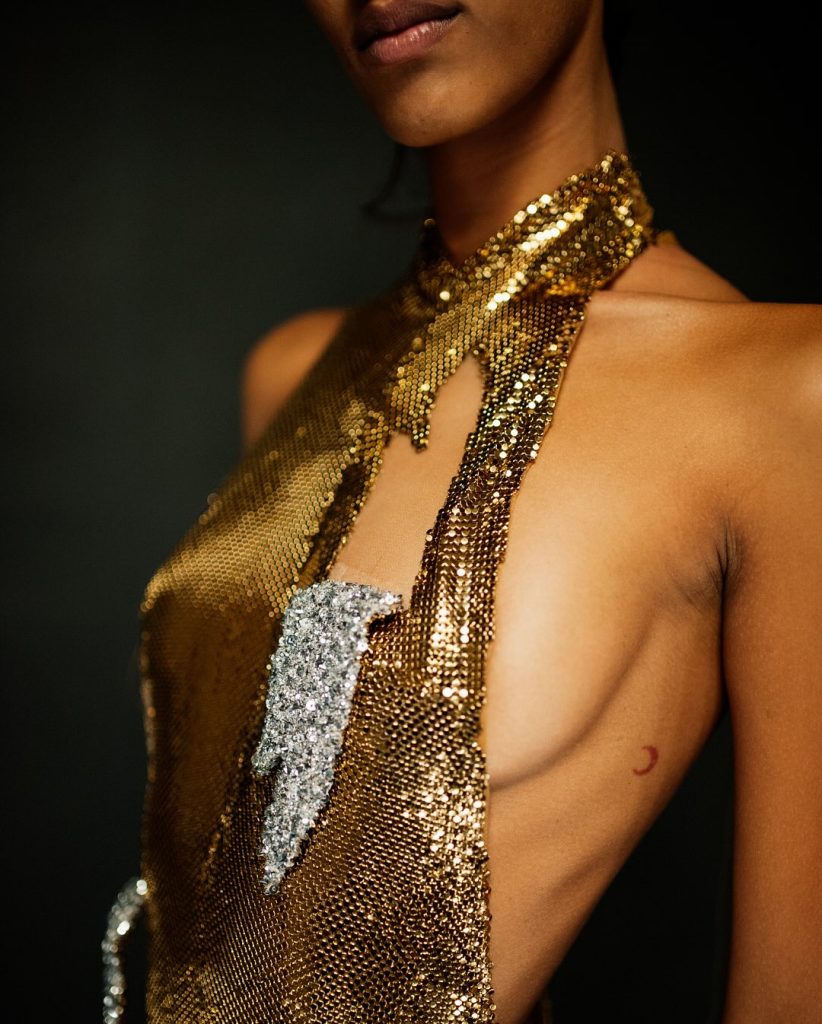
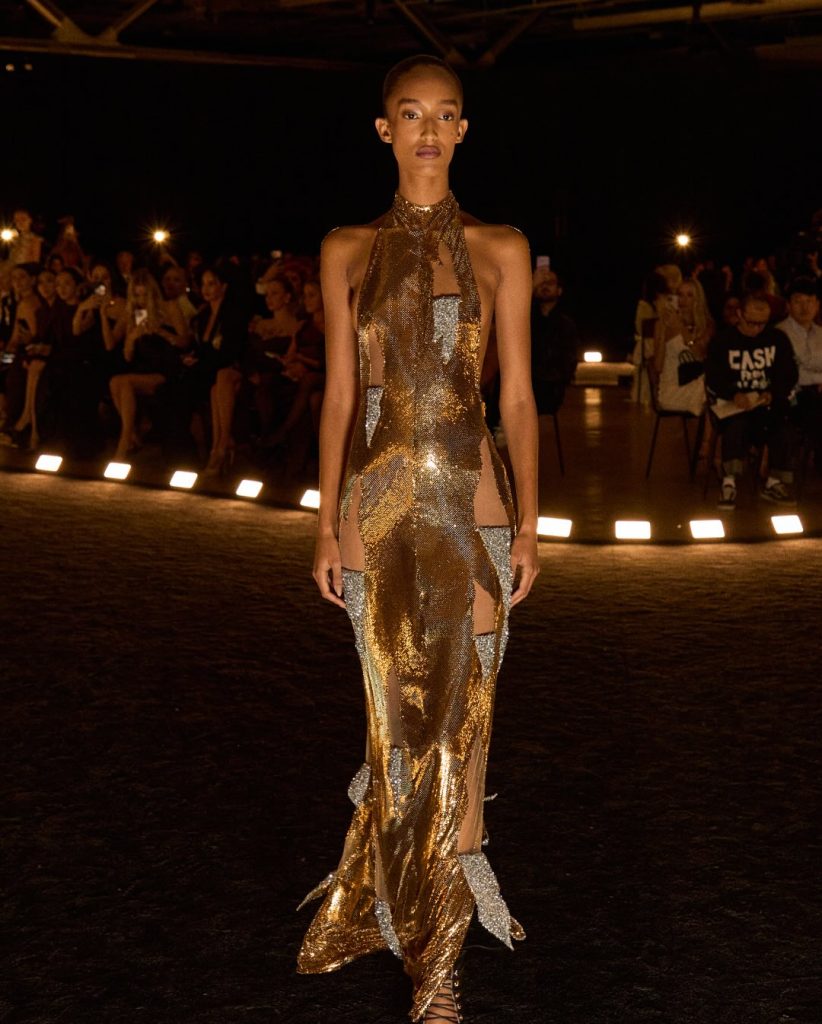
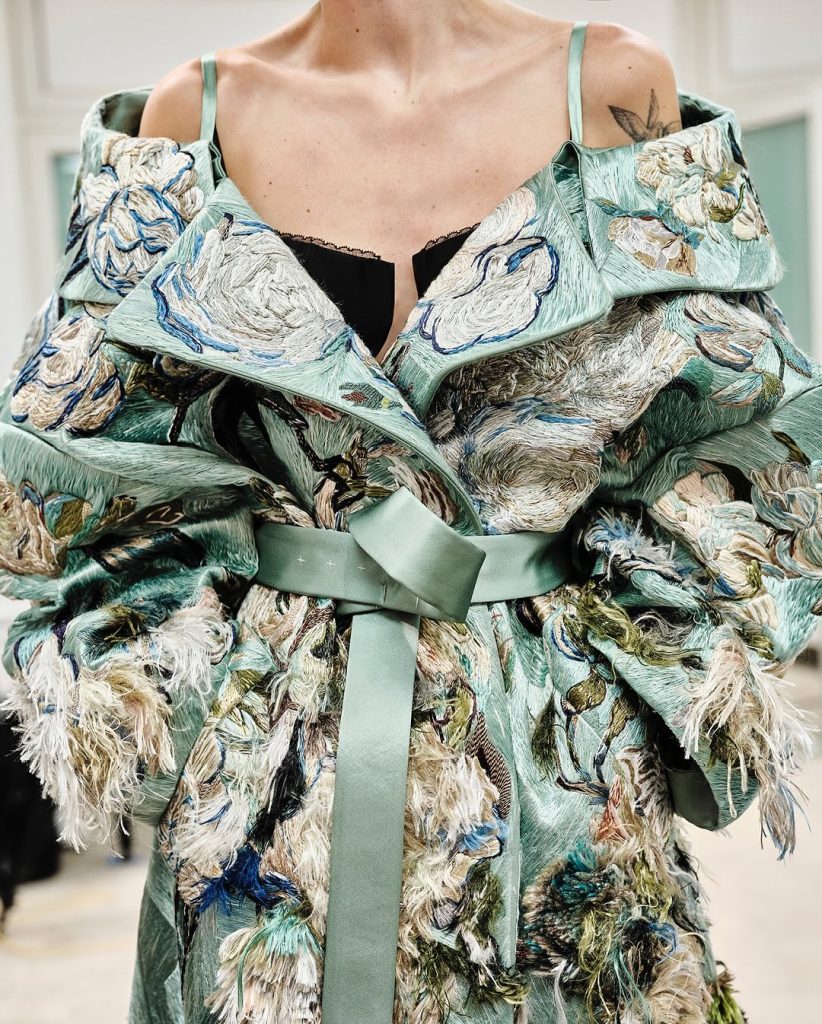
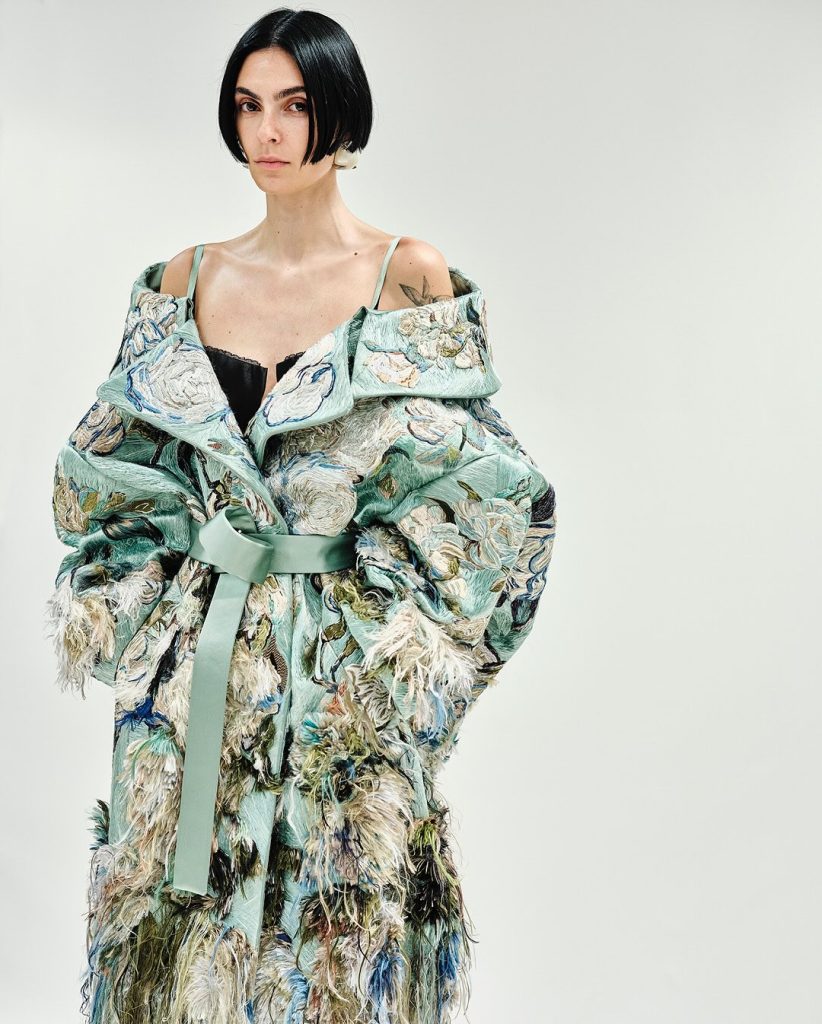
Embroidery and artisanal craftsmanship commanded the spotlight this season. At Schiaparelli, Daniel Roseberry honored Elsa Schiaparelli’s surrealist legacy with an display of 6,000 golden paintbrushes dress, trompe-l’œil fabric dress, sculptural tailoring and more to transform the runway into a living gallery of art. For Givenchy, Sarah Burton reimagined classic craftsmanship with sliced coats adorned in delicate satin stitch embroidery, embodying timeless elegance and meticulous detail.
Fringes
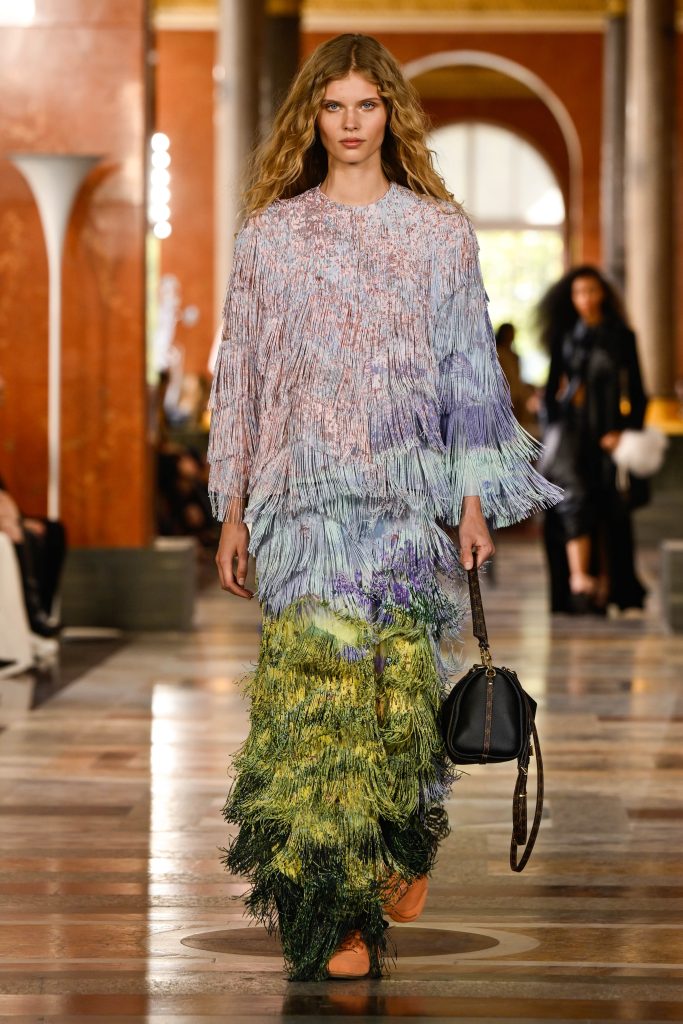
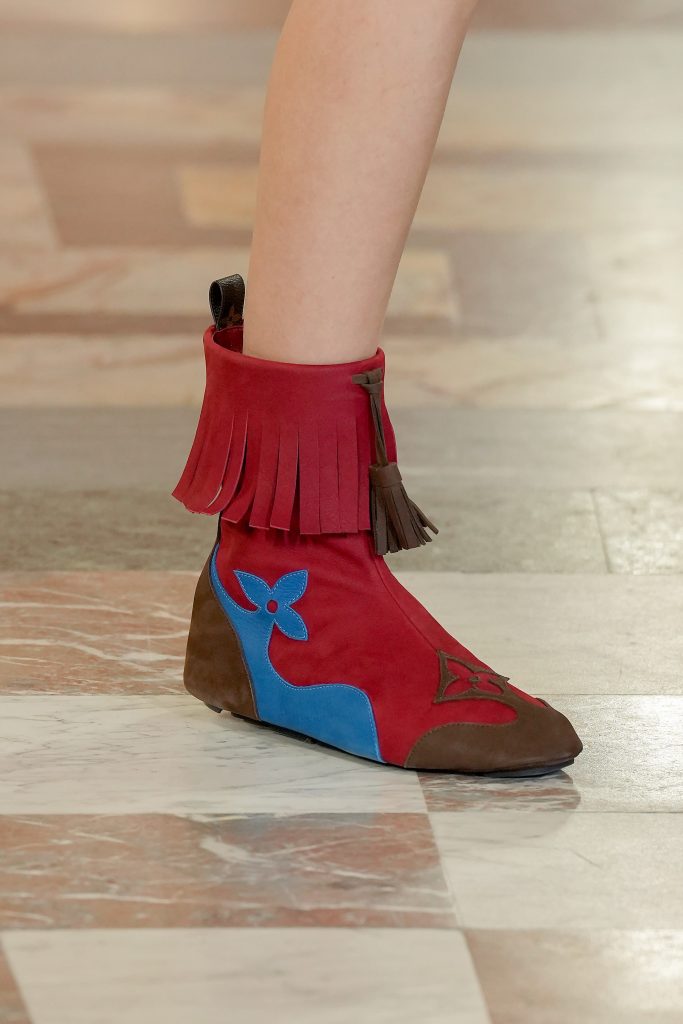
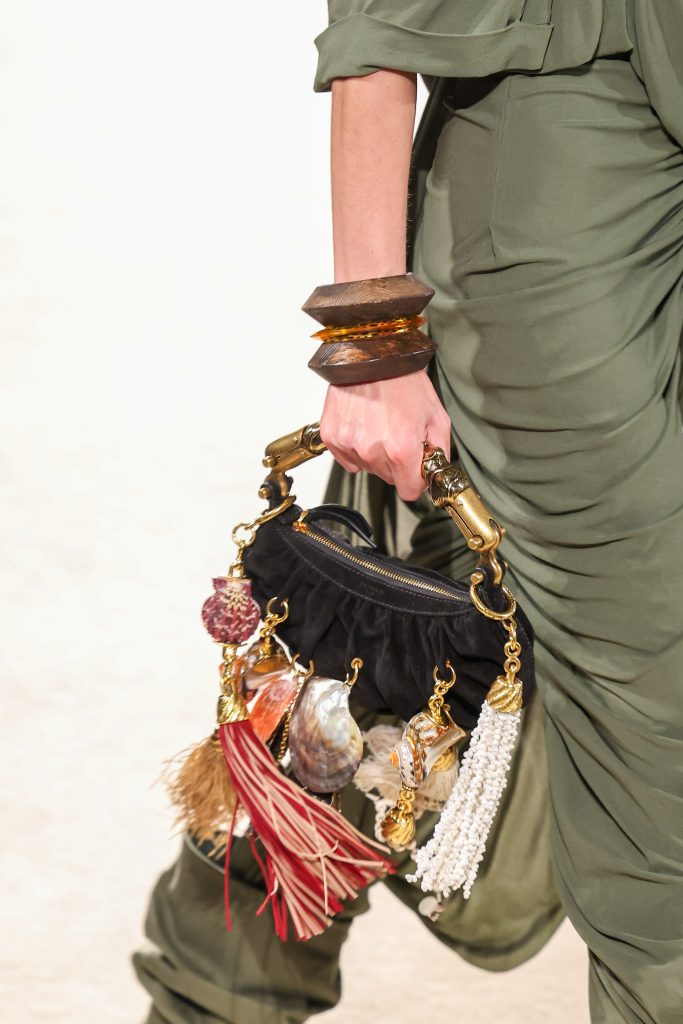
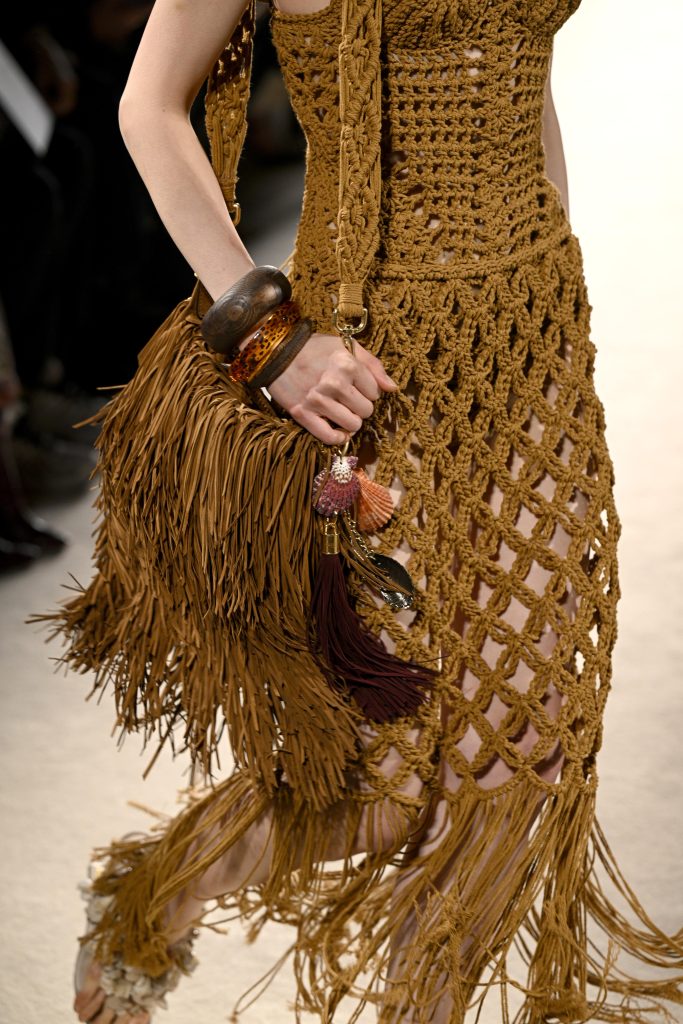
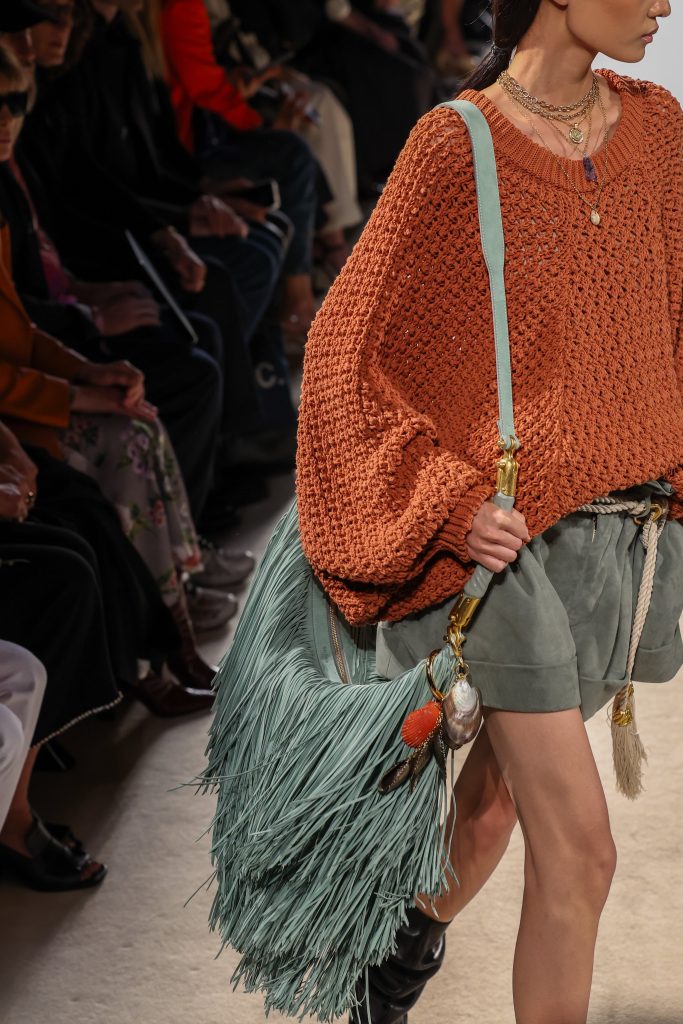
Fringes emerged as one of the season’s most captivating trends, flowing effortlessly from Milan to Paris. Louis Vuitton’s fringing infused designs with a rhythmic sense of freedom, adorning dresses and shoes with dynamic, swaying elegance. While Balmain’s Olivier Rousteing used fringes to elevate already striking accessories, from bag charms to handbags, in sunset hues and rich earthy browns.
Layering
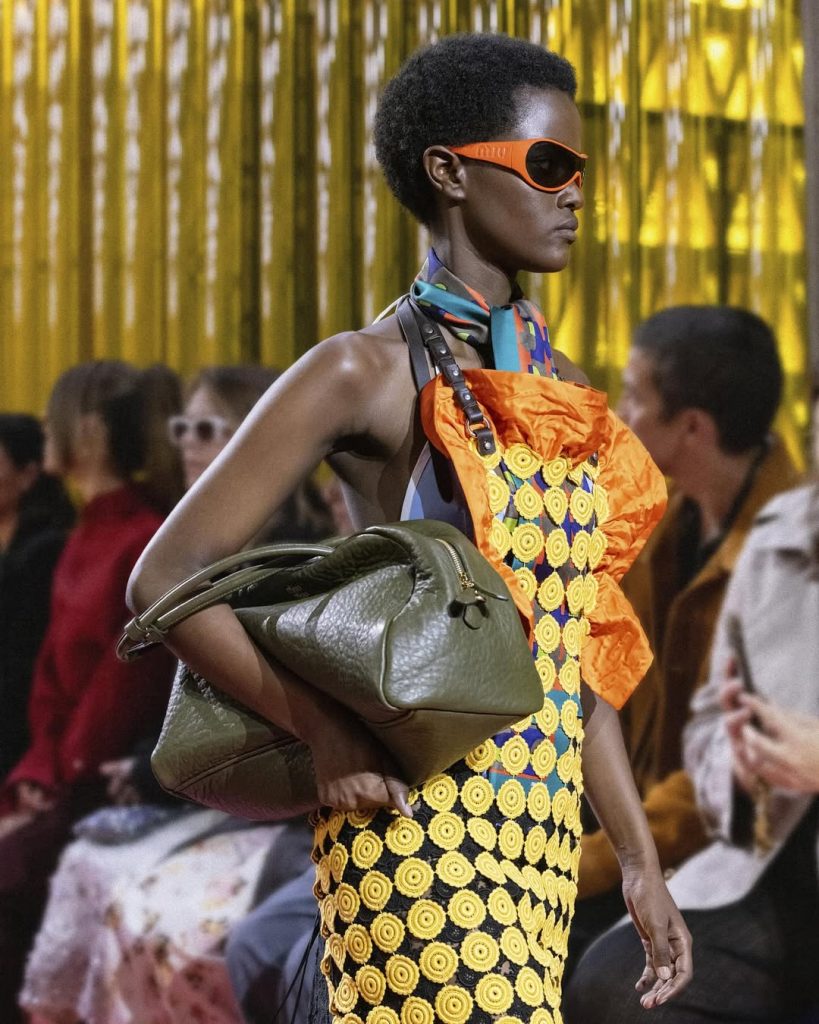
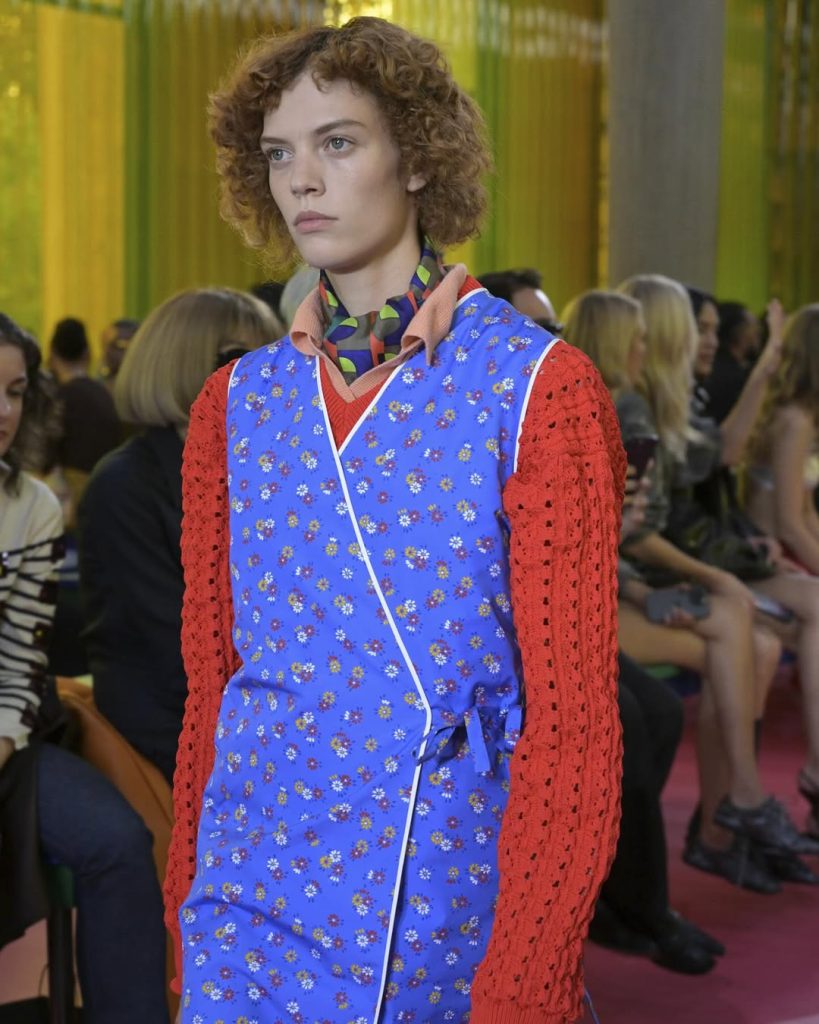
This season, layering emerged as a defining statement of refined sophistication. At Miu Miu, Miuccia Prada reimagined the apron as a contemporary masterpiece, seamlessly blending poplin, knit, and embroidered canvas. This innovative interplay of fabrics struck a perfect balance between labour and grace, showcasing the art of layered textures.
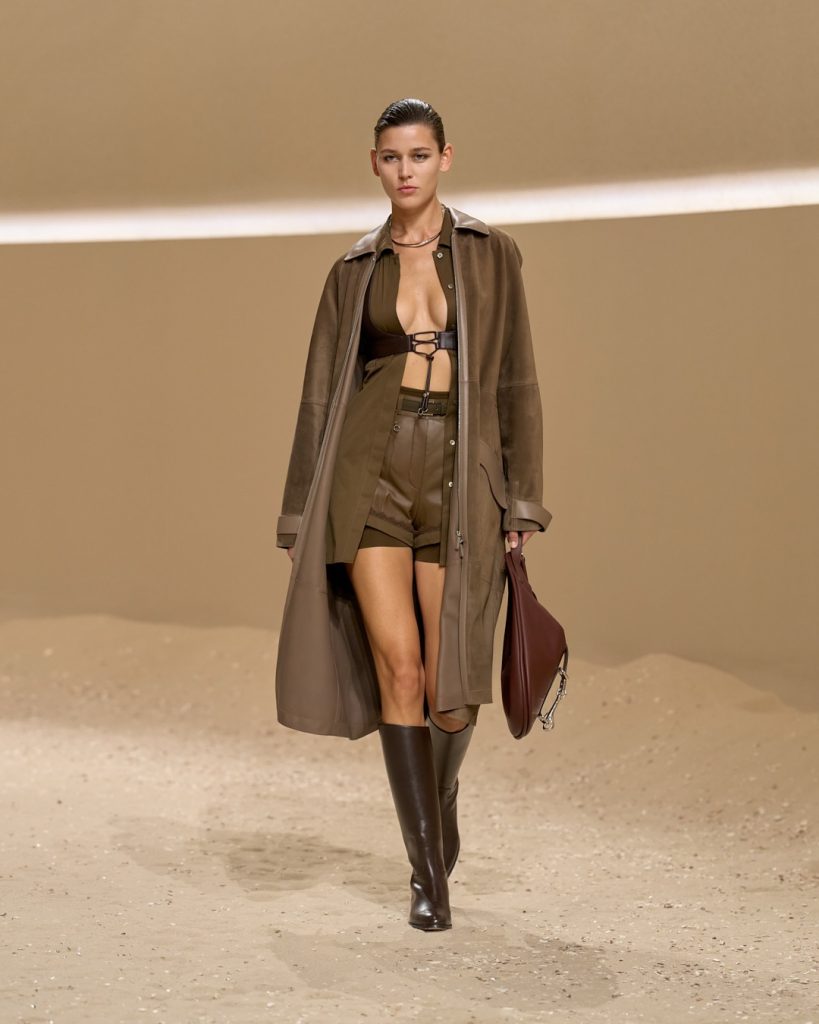
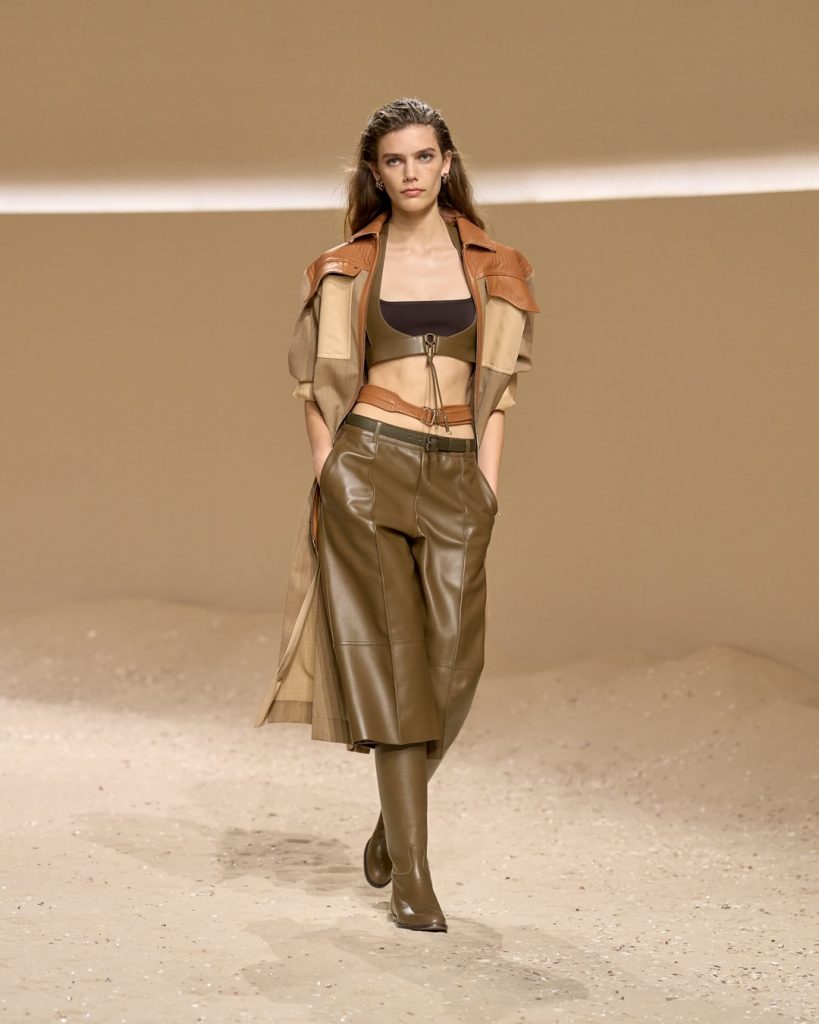
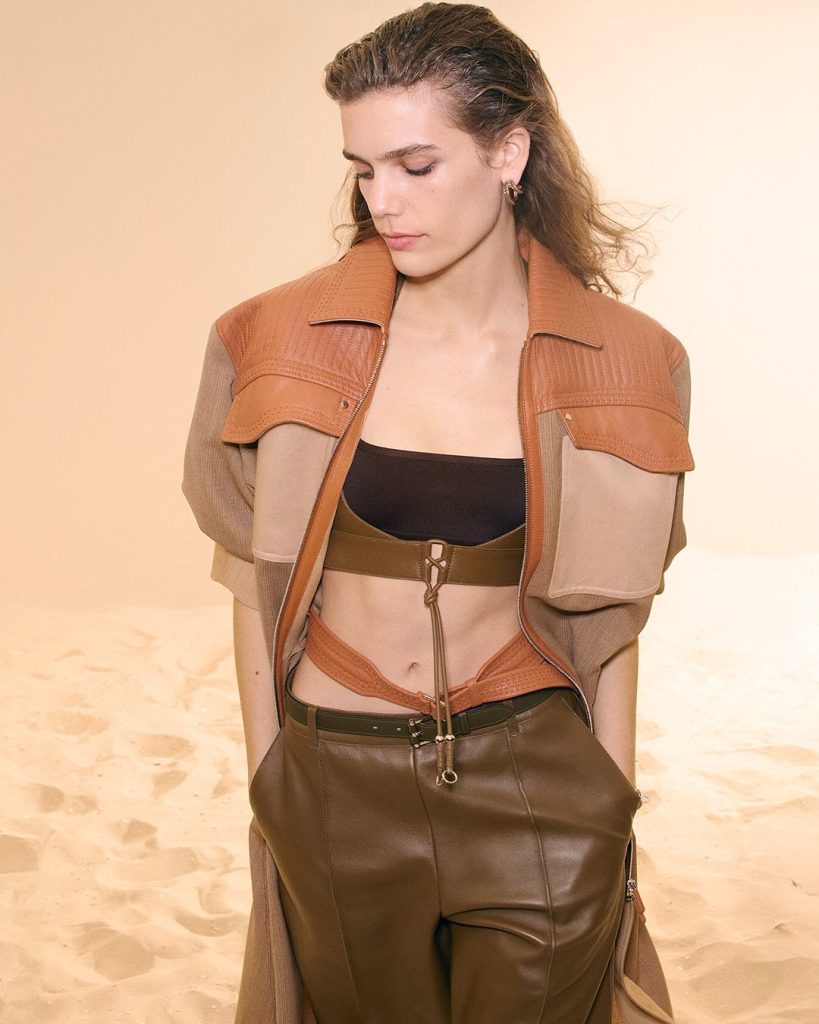
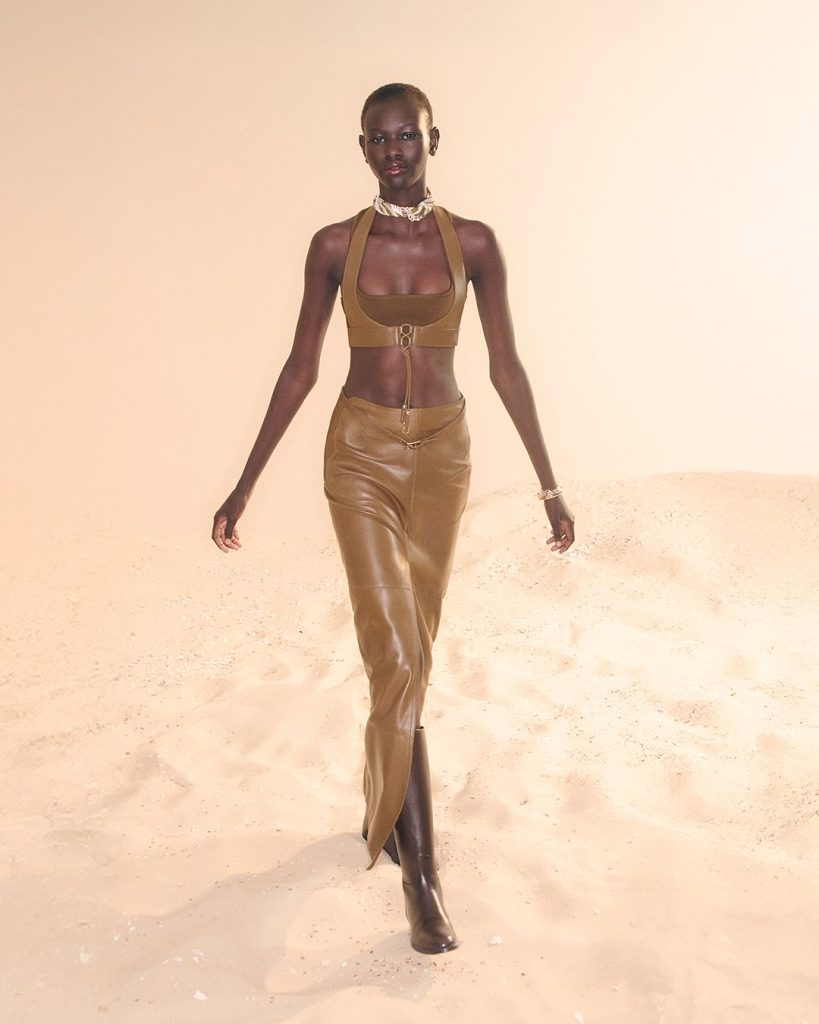
The collection of Hermès featured bras delicately layered over one another, paired with long, flowing coats. A tonal, earthy palette lent a sense of harmony and understated elegance. Elsewhere, shirts cinched with belts and paired with leather coats exuded a sensual yet untamed allure, capturing the free-spirited essence of the collection.
Prints
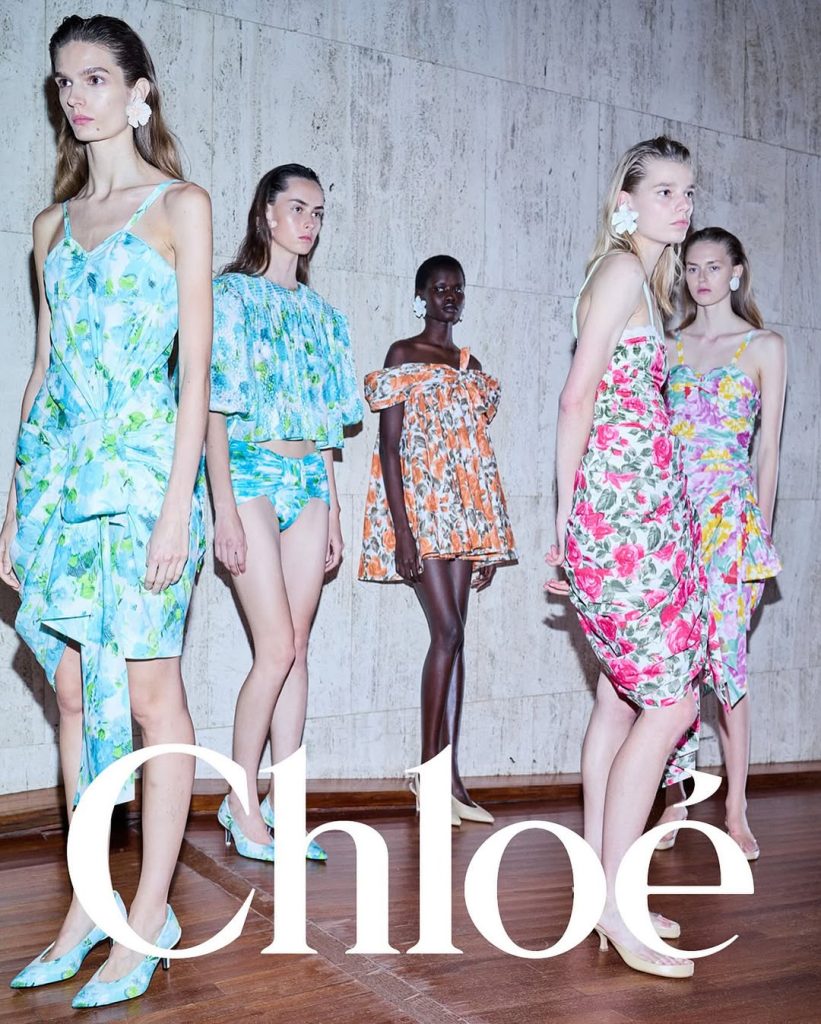
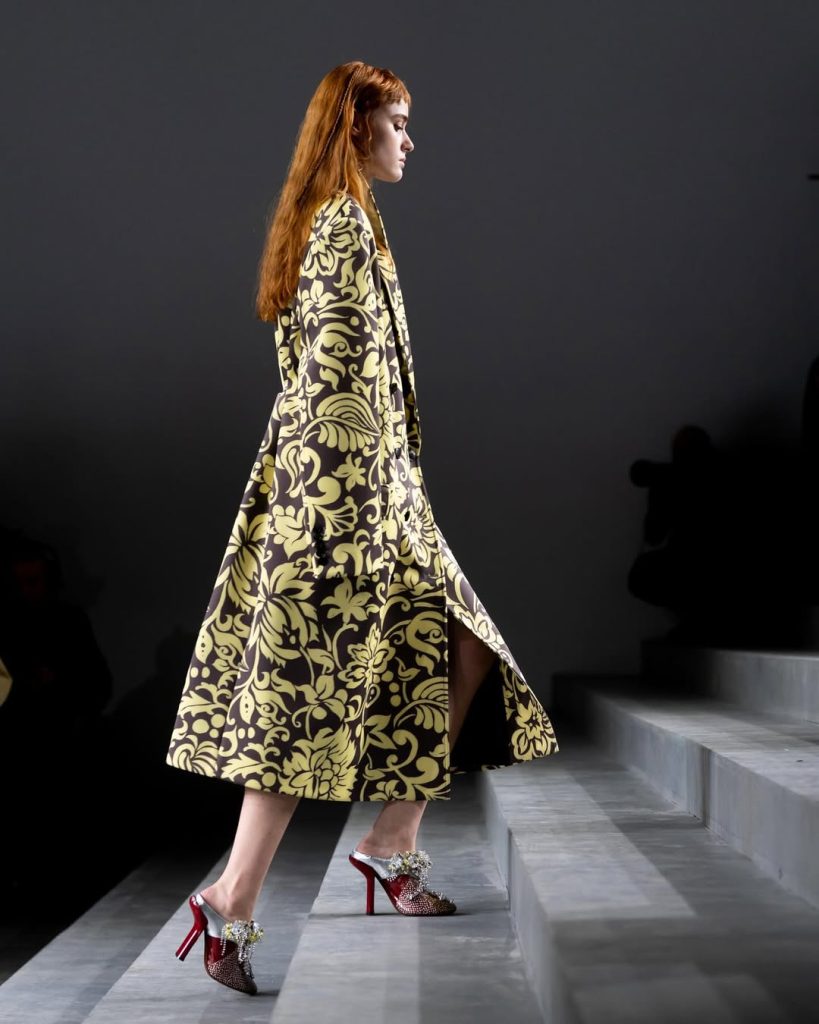
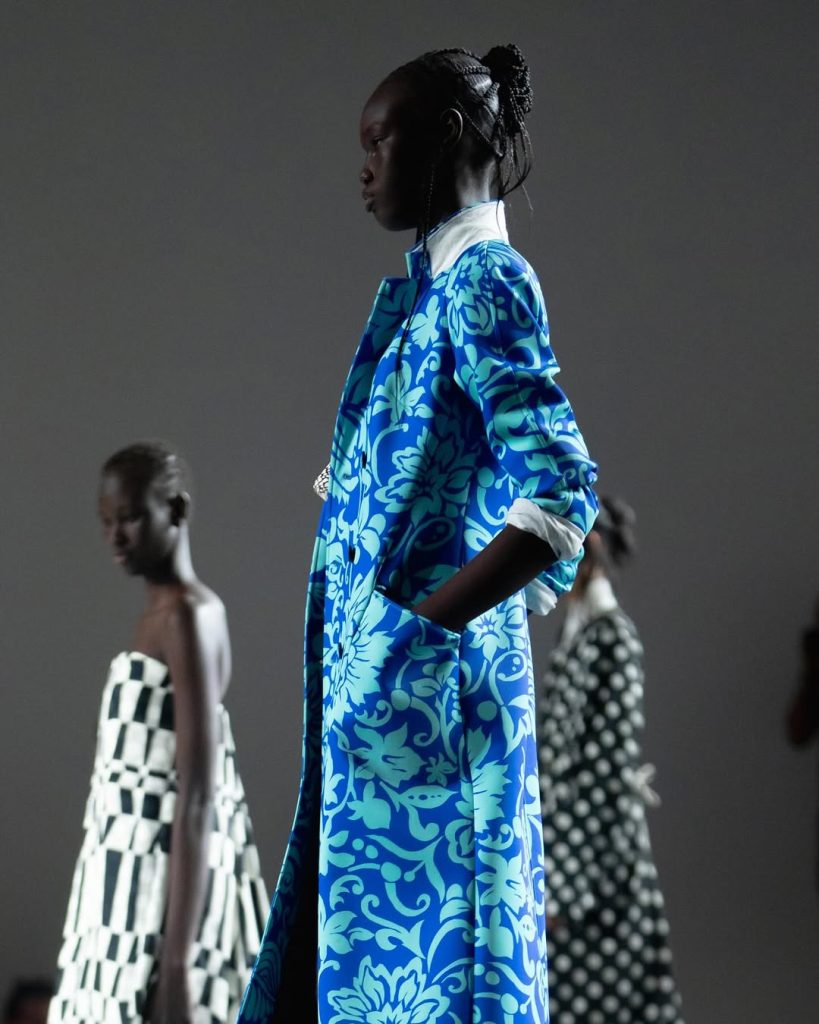
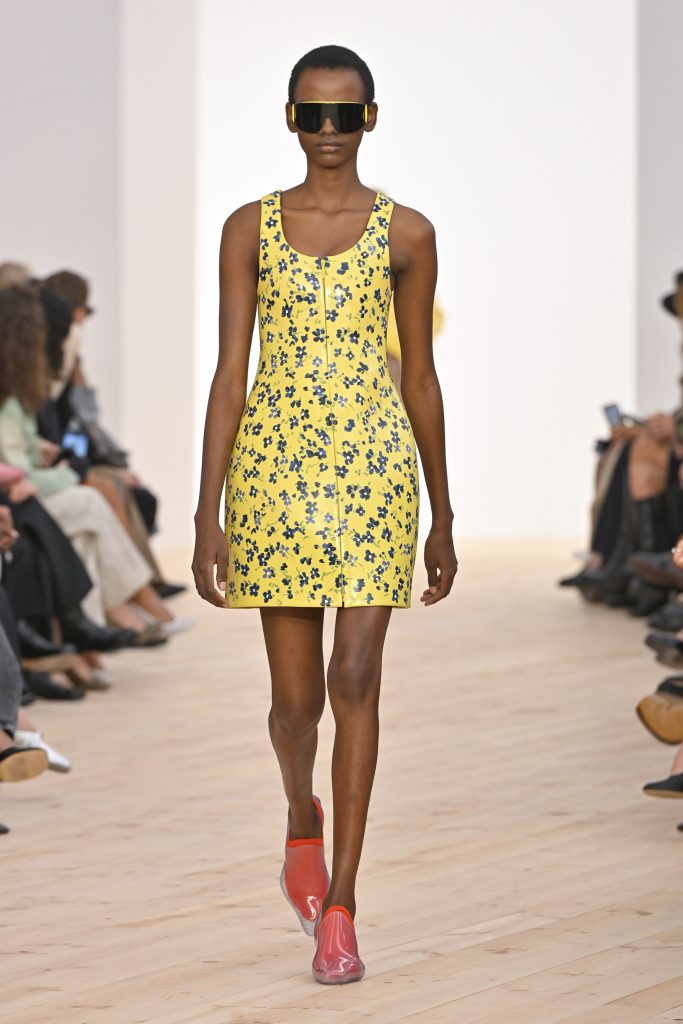
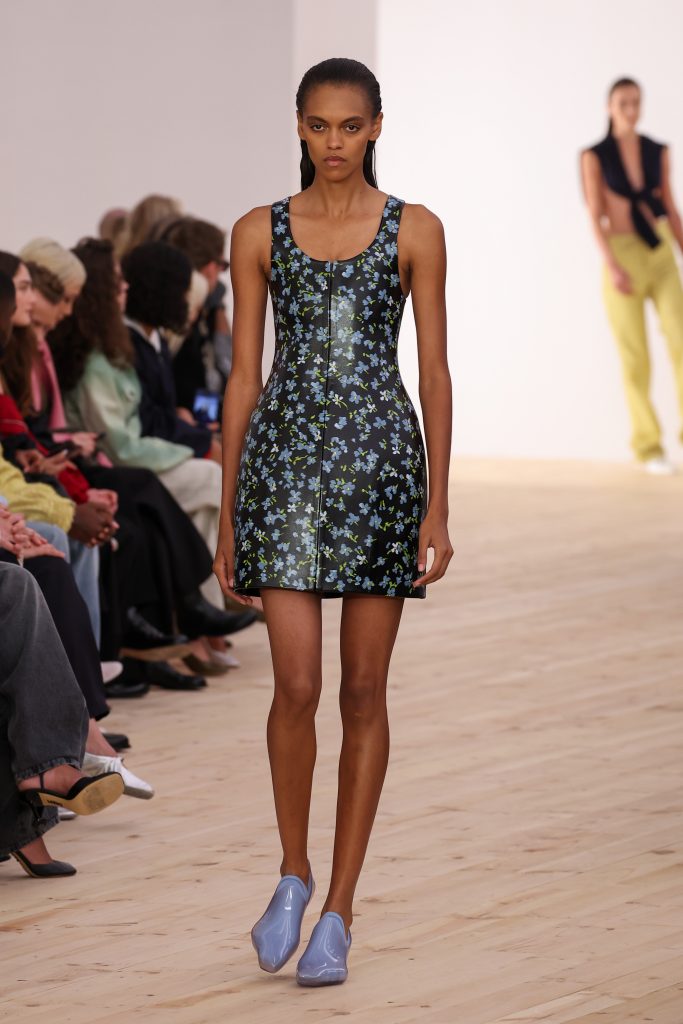
You can’t miss Chloé in those prints. Chemena Kamali rekindled the house’s free-spirited essence, infusing vibrant pinks, oranges, and delicate florals that echoed the radiant optimism of the 1960s. Airy cottons and fluid draping lent a light, natural elegance to the collection. Dries Van Noten, under new creative director Julian Klausner, embraced a sunset palette of yellow and sea blue, makes florals for a poetic yet grounded aesthetic. Meanwhile, Loewe, guided by new co-directors Jack McCollough and Lazaro Hernandez, championed bold contrasts. Light yellow and black collided in geometric cuts and mixed-material printed fabrics.
Reconstructed silhouettes
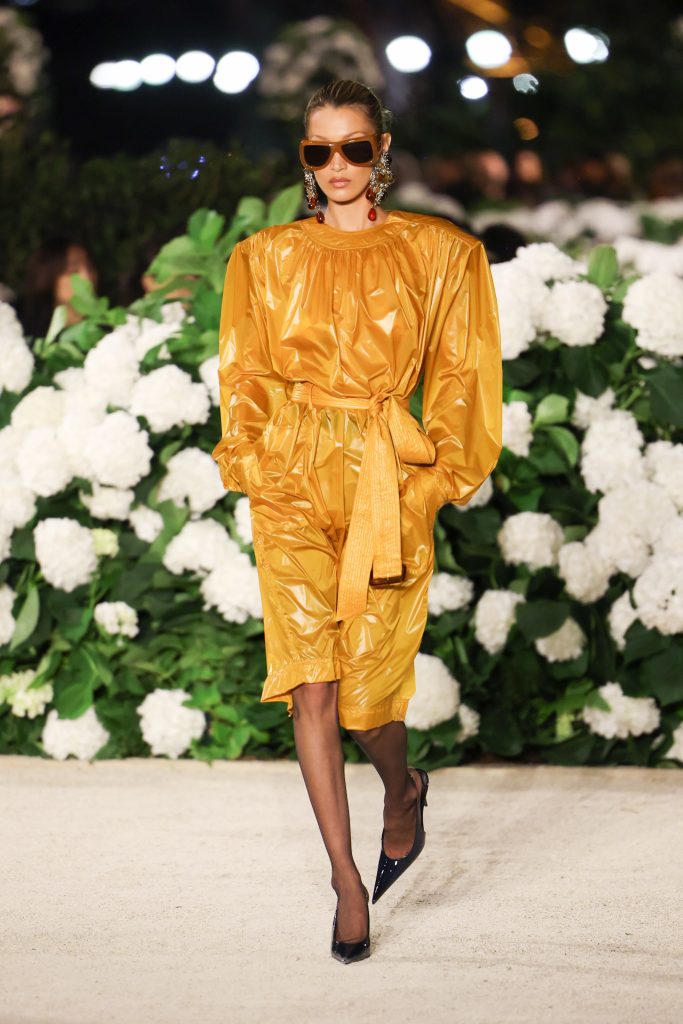
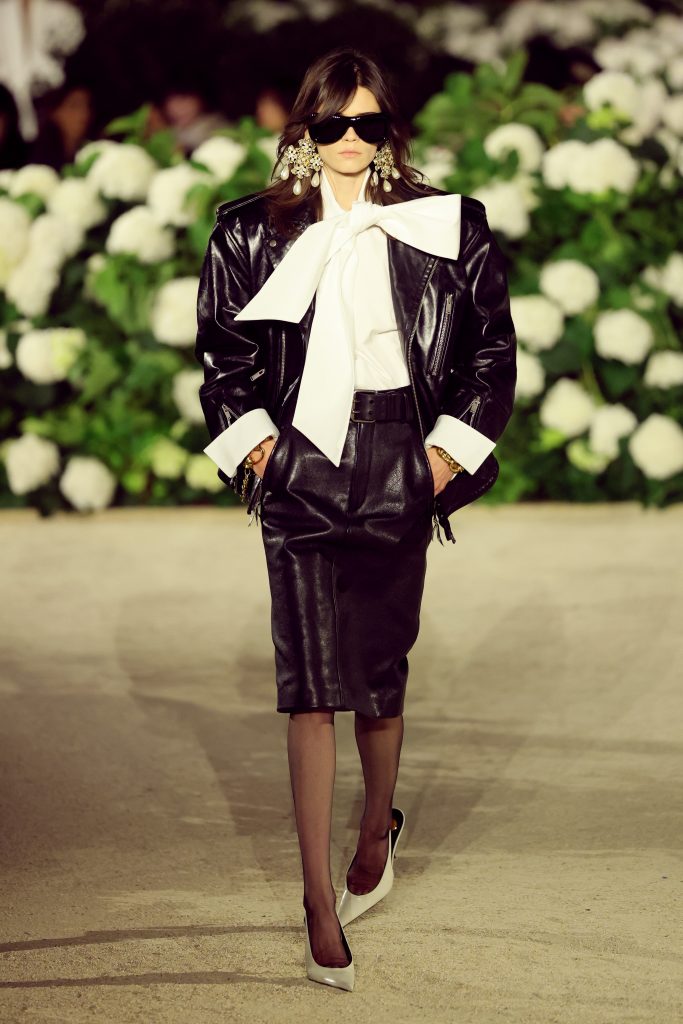
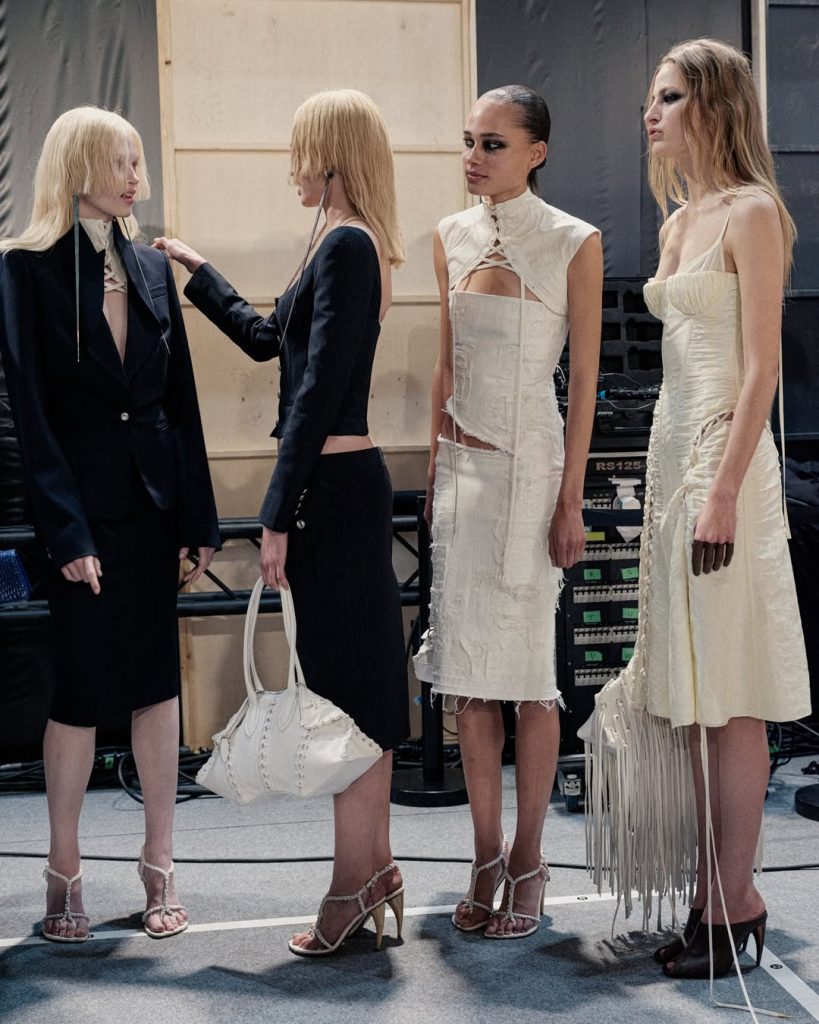
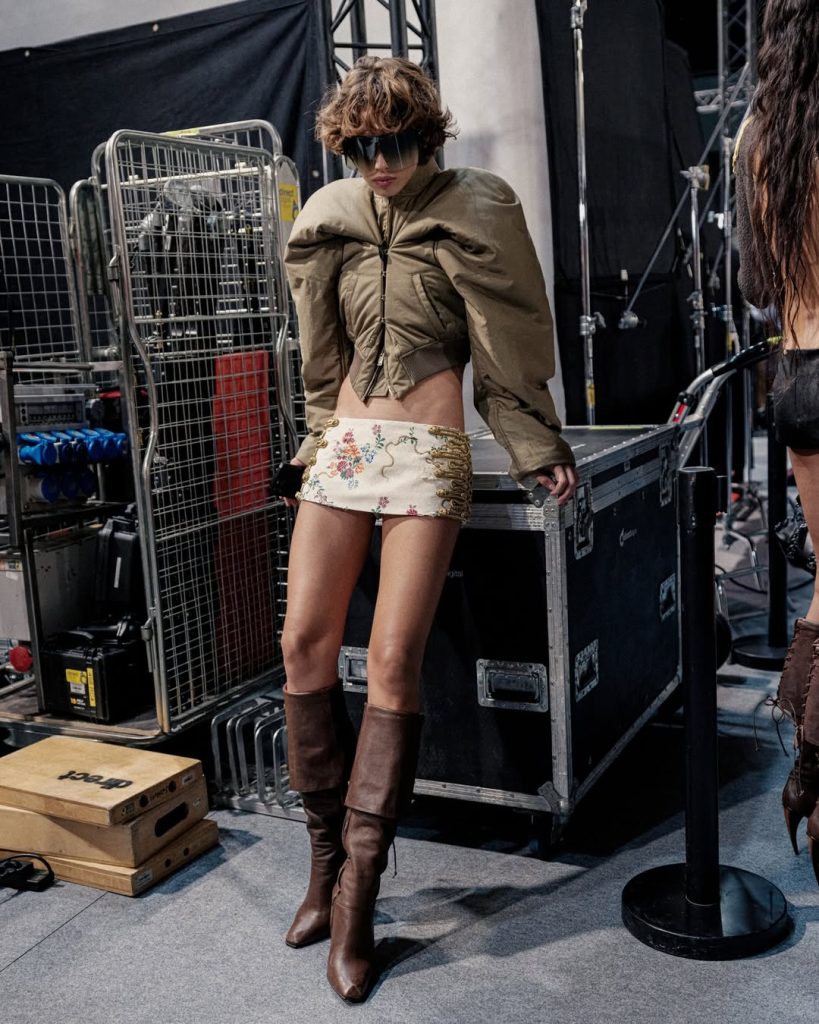
Beyond colour and craft, one key theme emerged: reconstruction. Saint Laurent’s show, set against the Eiffel Tower, celebrated the duality of strength and vulnerability. Leather, silk gowns, and bold jewellery intertwined to reinterpret the woman for a modern age. Seán McGirr drew from The Wicker Man horror film for Alexander McQueen this season, merging military jackets, corsetry, and charred chiffon gowns into a study of wildness and order.
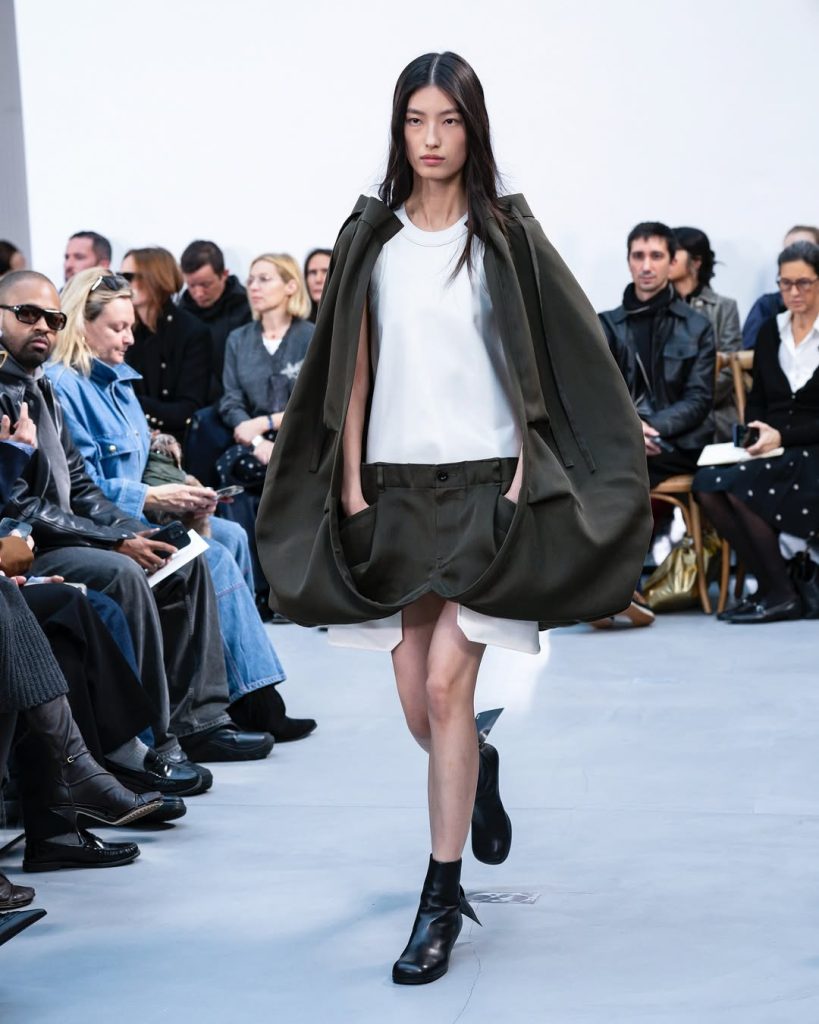
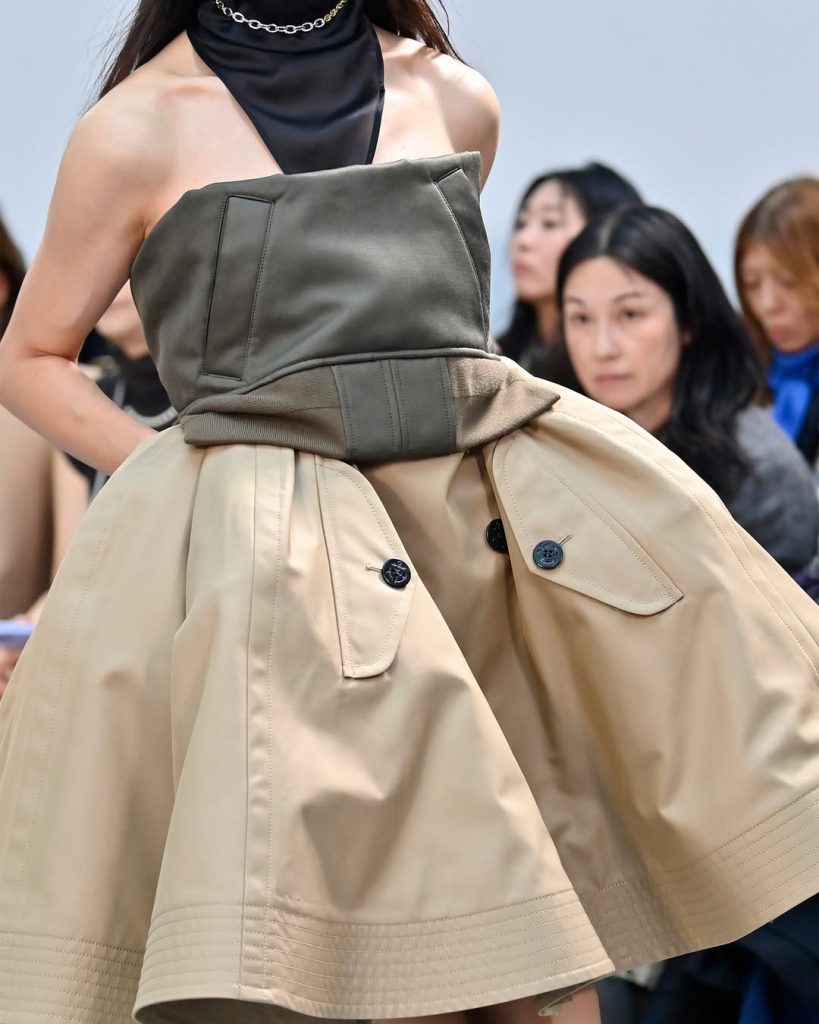
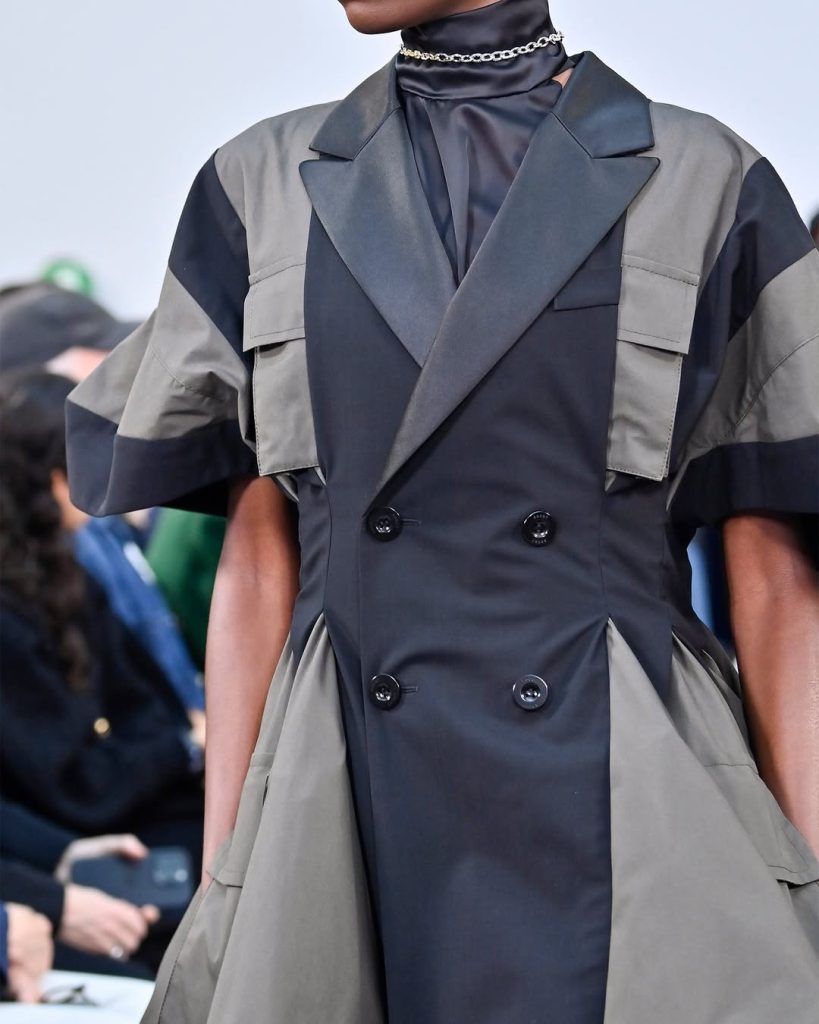
For Sacai, Chitose Abe treated layering as structural experimentation. Utility pants expanded into voluminous skirts; trench coat mixed fabric and paired leather turtleneck underneath. Through hybrid construction, she rebuilt classics into fluid architecture.
Vivid colours
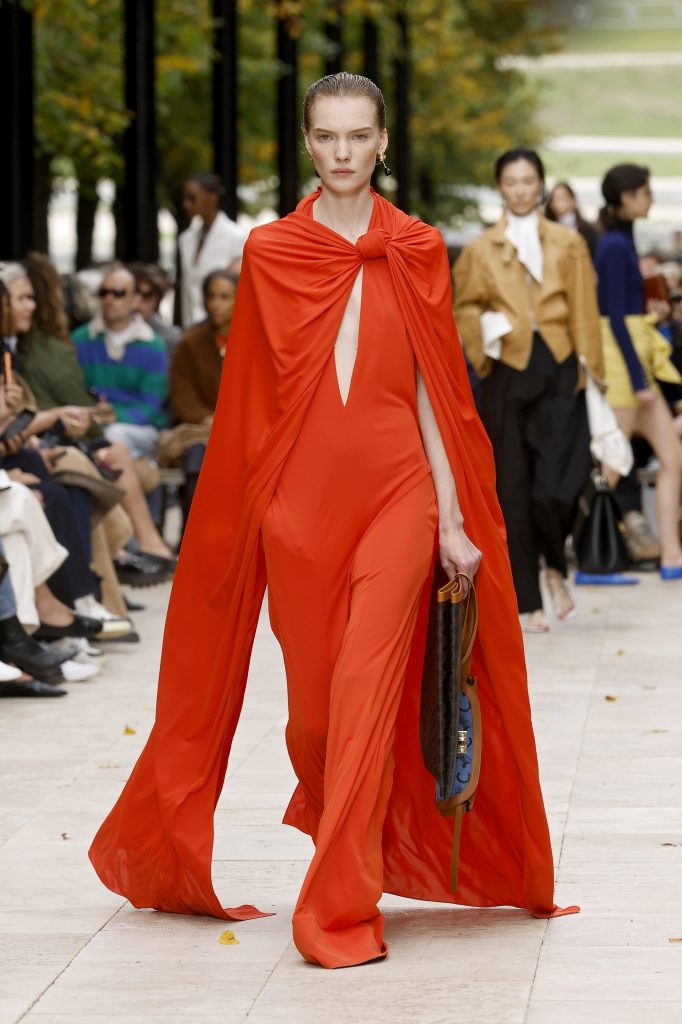
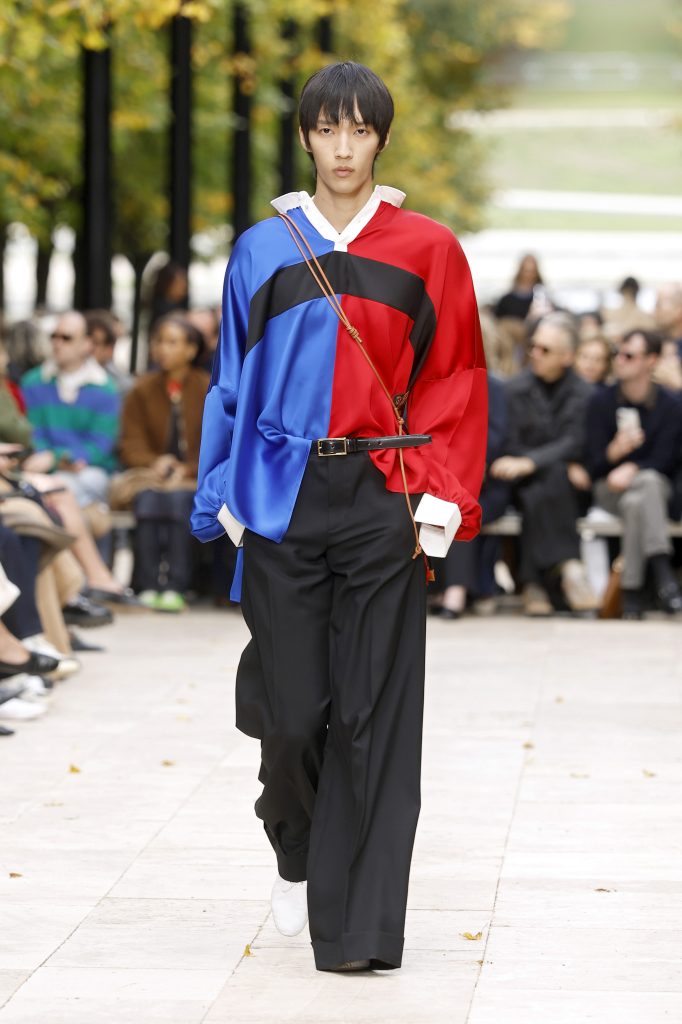
Colour proved to be one of the most vibrant voice of the Paris season. Michael Rider infused bold reds and blues into Celine’s signature androgynous structure.
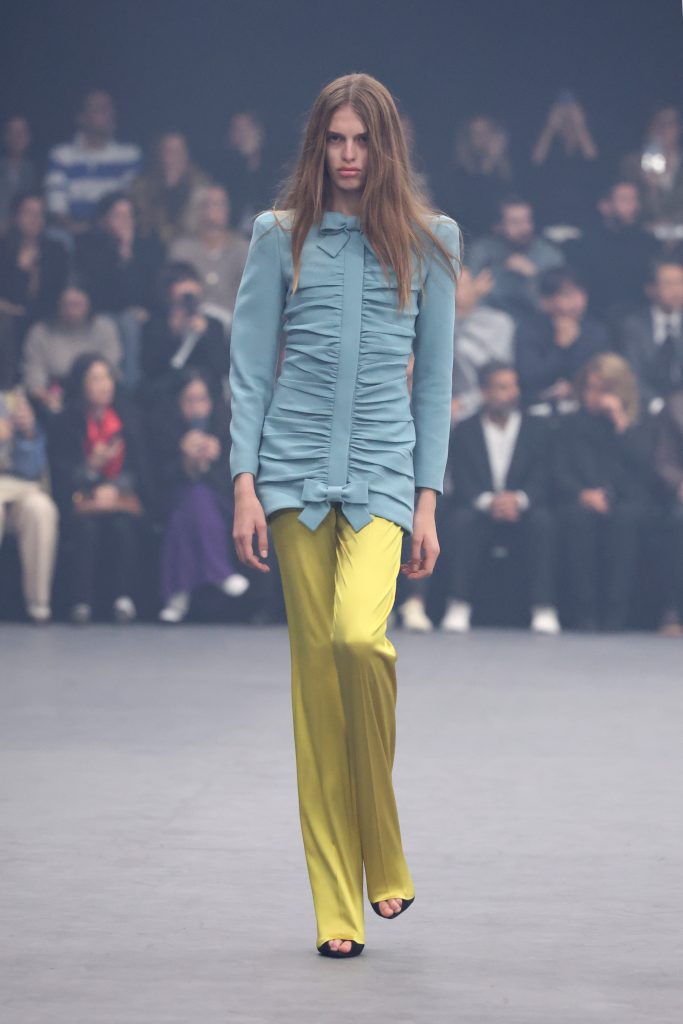
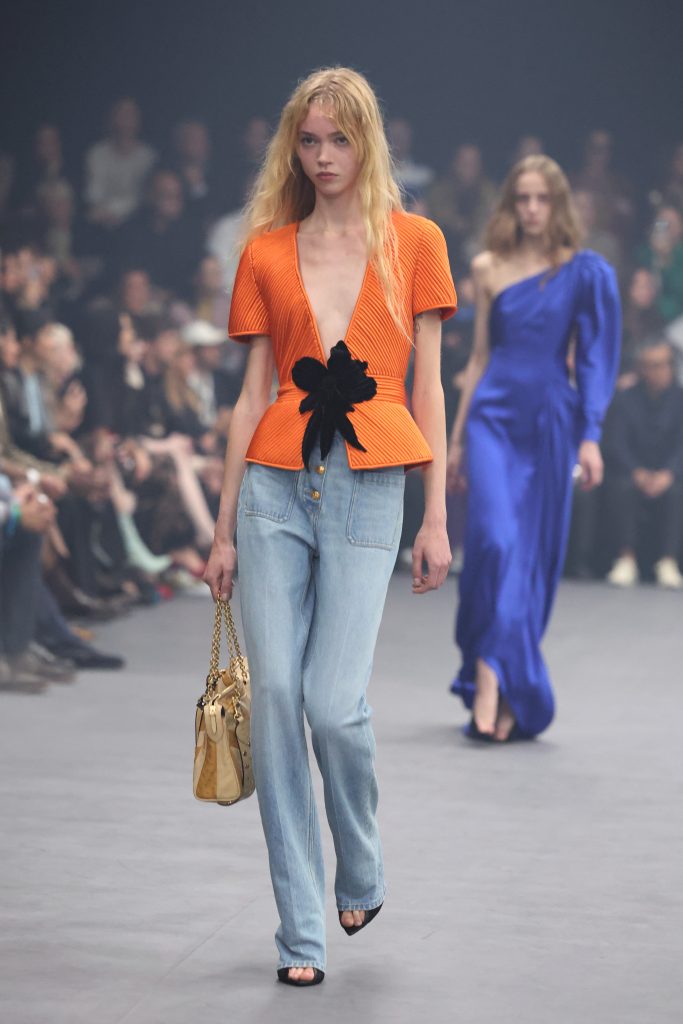
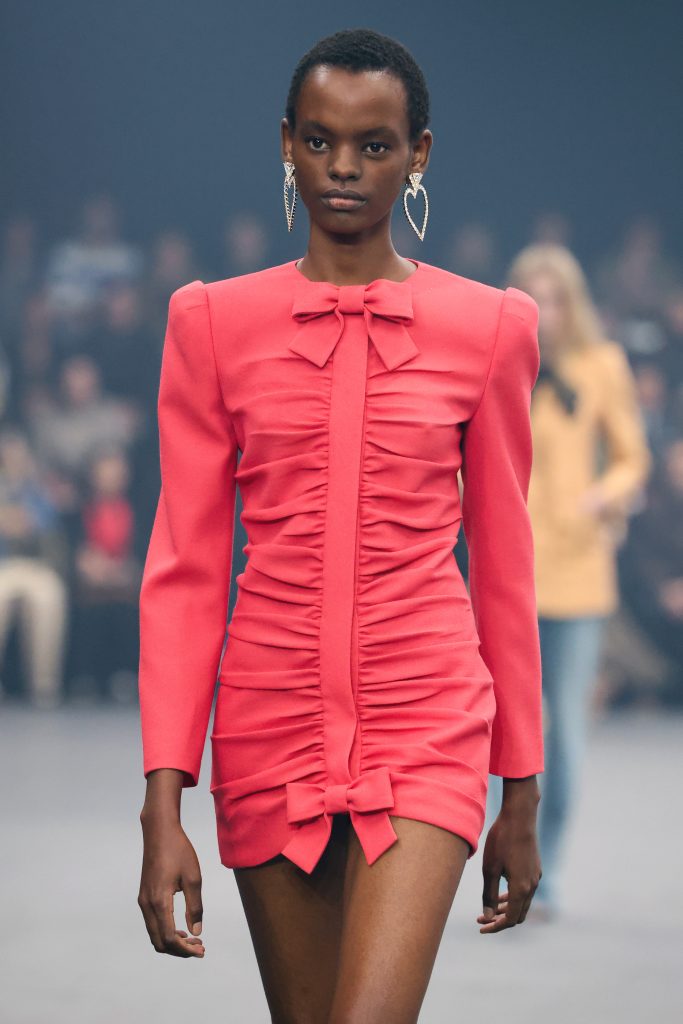
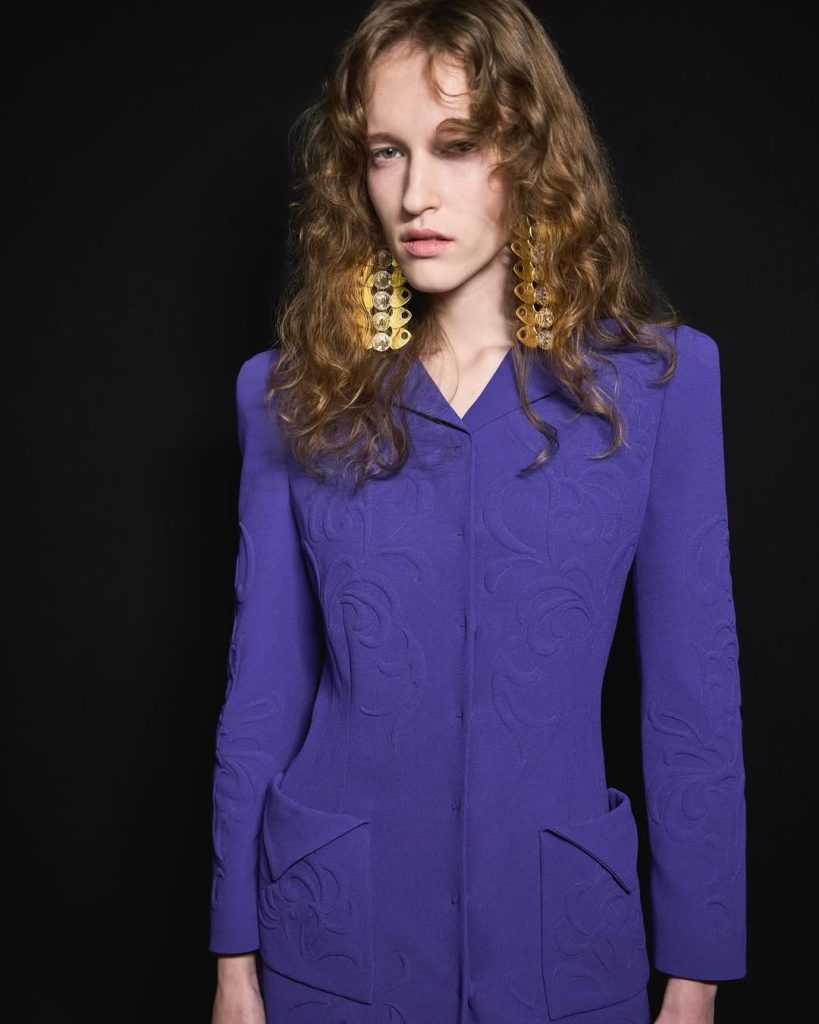
Valentino, under Alessandro Michele, painted a poetic twilight in shades of blue, pink, and bright yellow; sequins and silks shimmered softly, glowing rather than gleaming.
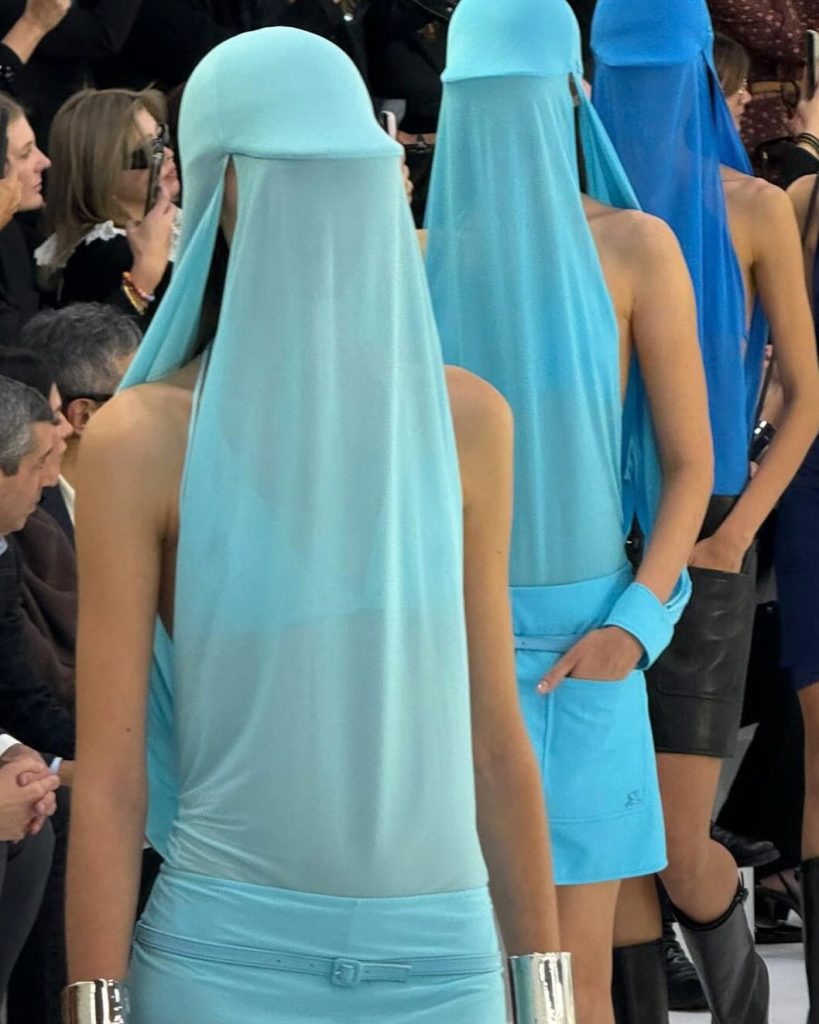
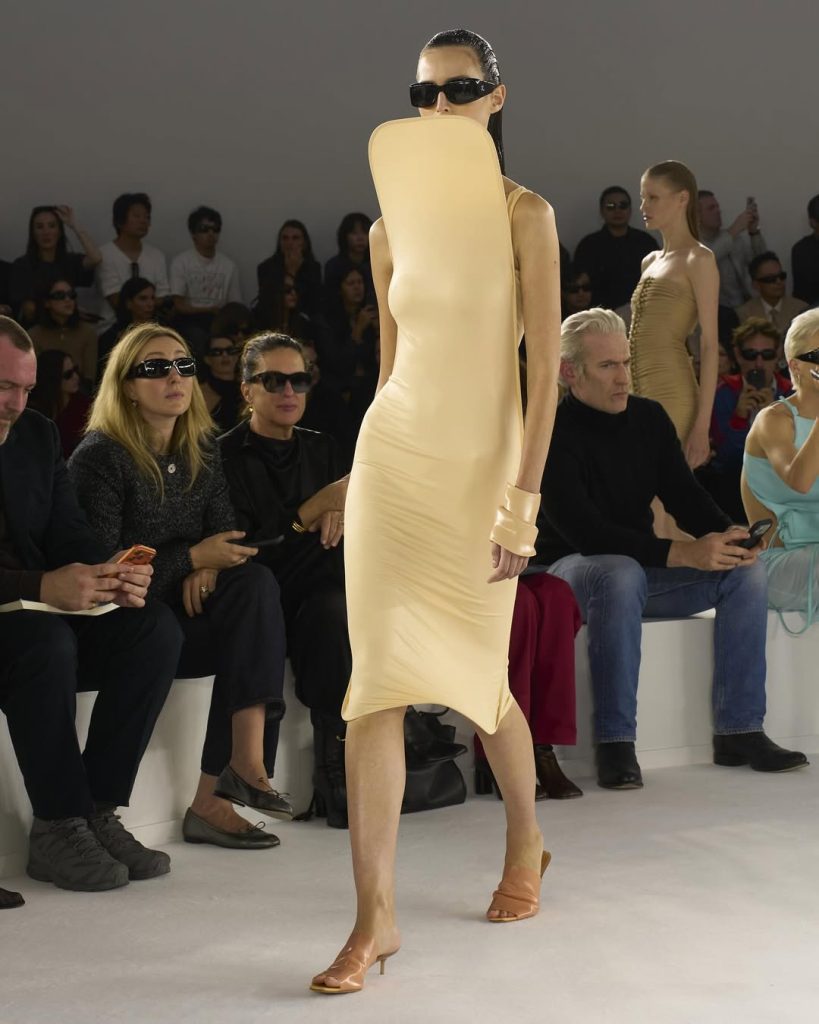
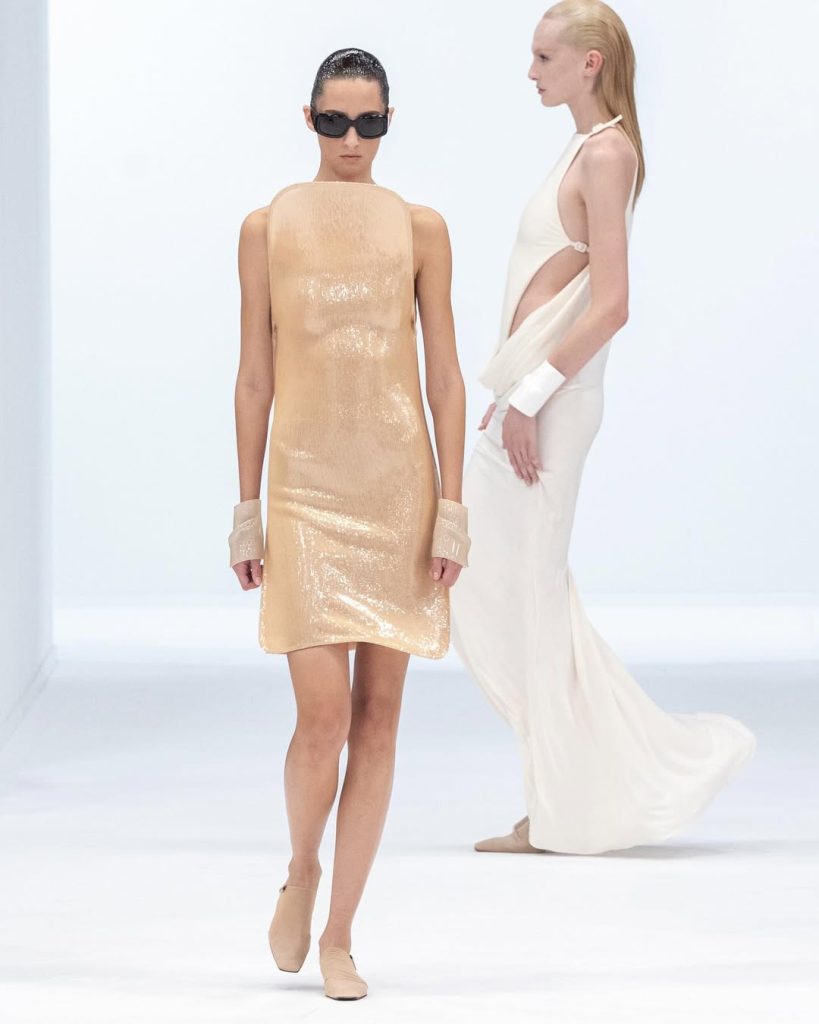
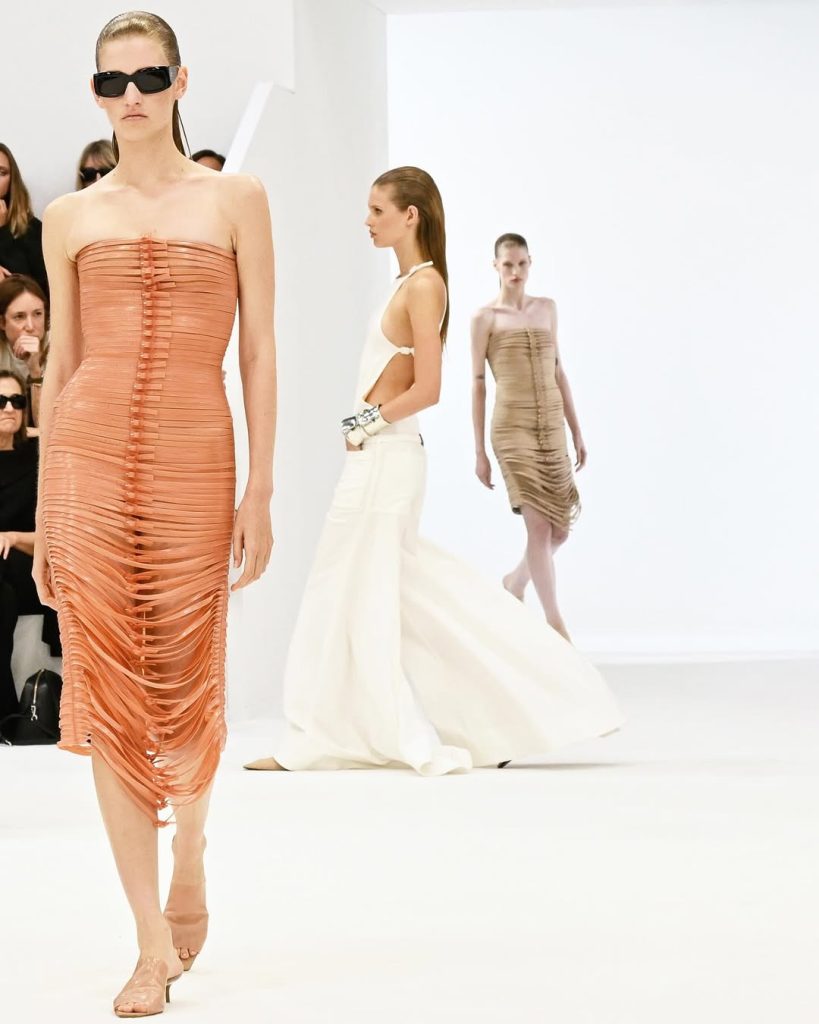
At Courrèges, Nicolas Di Felice distilled sunlight into cobalt, orange, and gold minimalism. Together, these tones formed a vision of a brighter, more direct future.
Also see: Paris Fashion Week 2025: Six designers, six debuts, the Spring/Summer 2026 collections


